MAXILLOFACIAL TRAUMA Dr.Mashhor Wreikat Epidemiology Incidence 50/100000 M:F

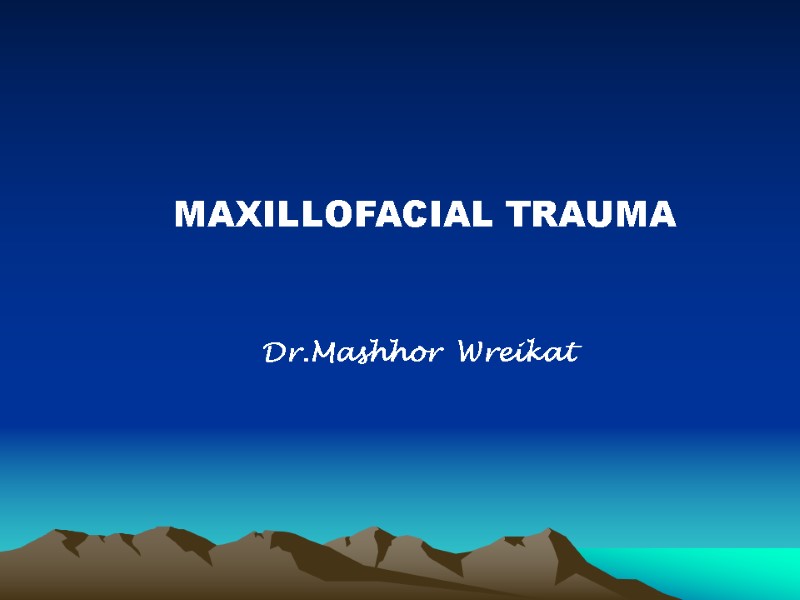

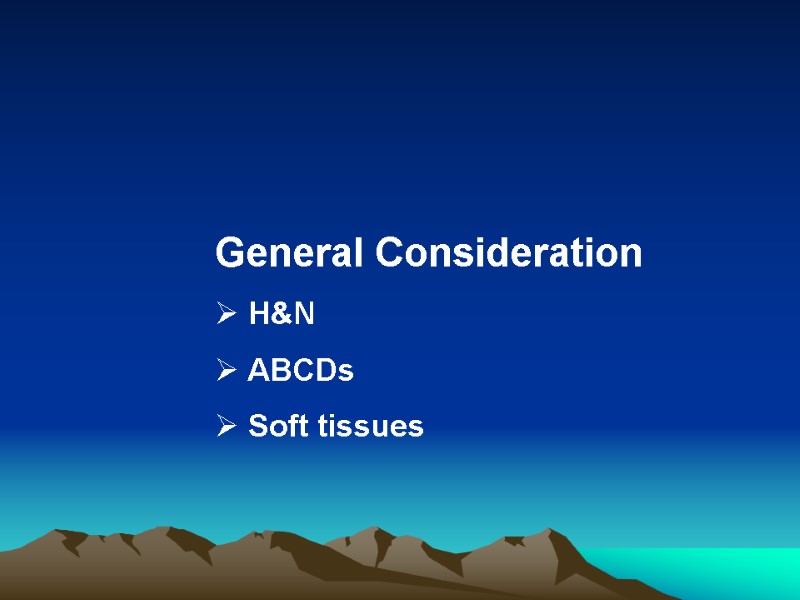

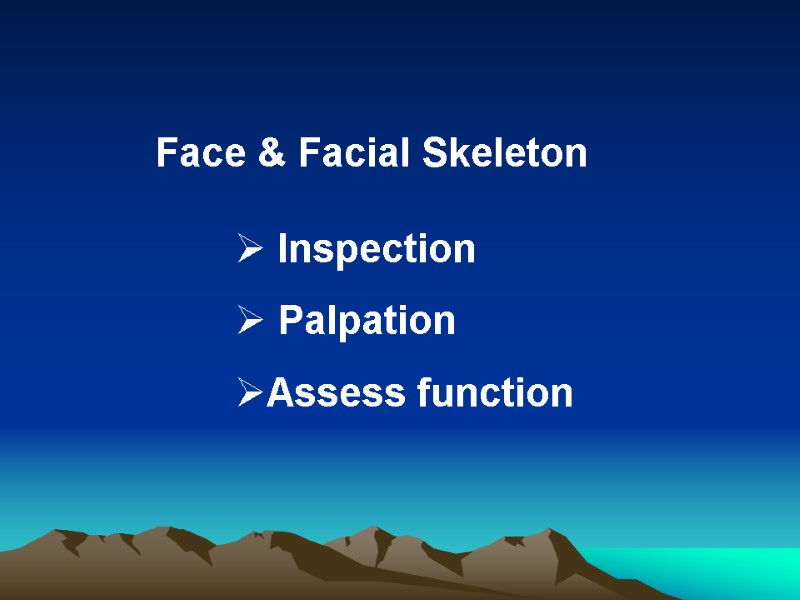
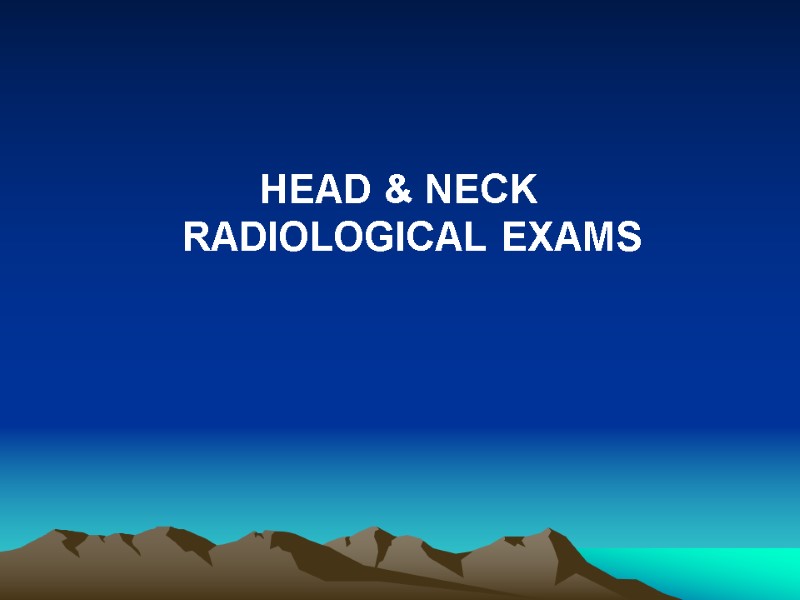
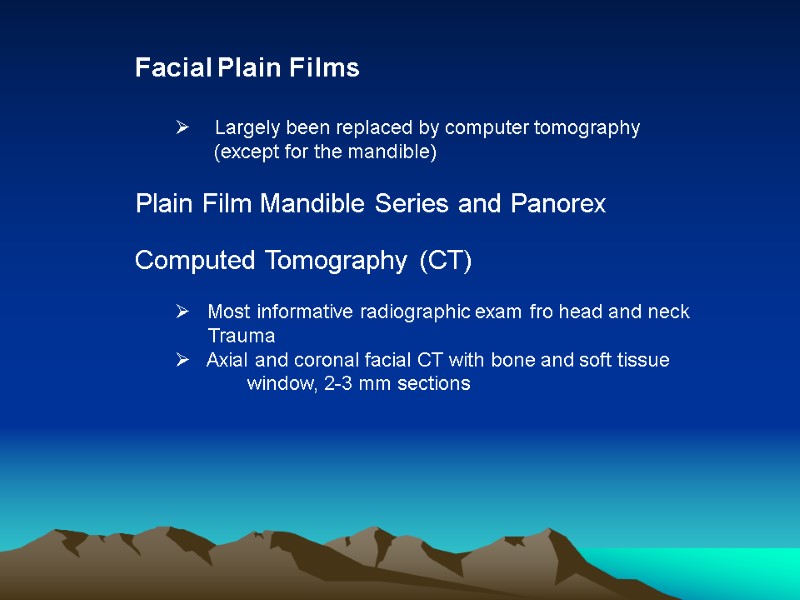
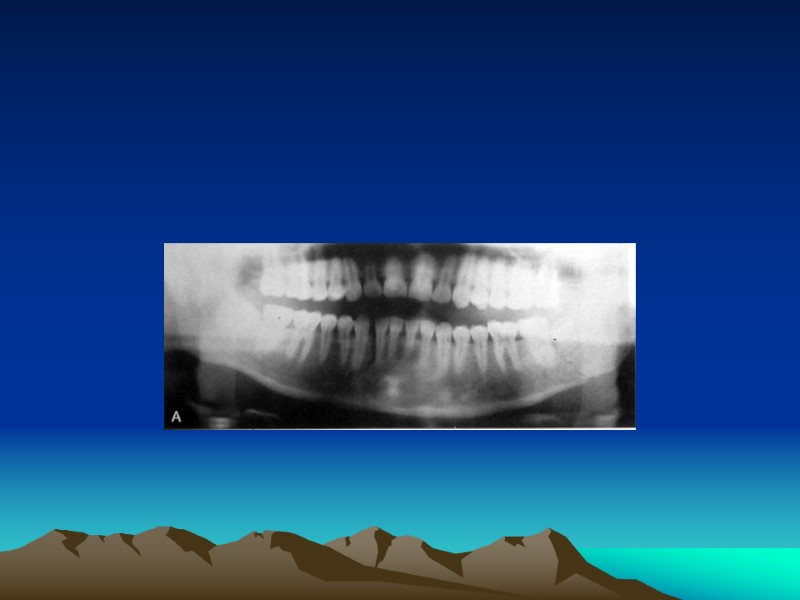


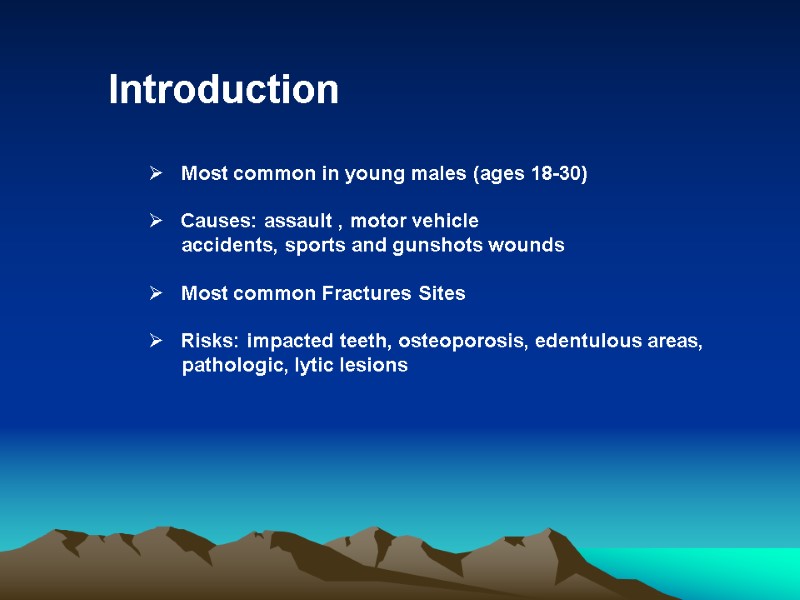
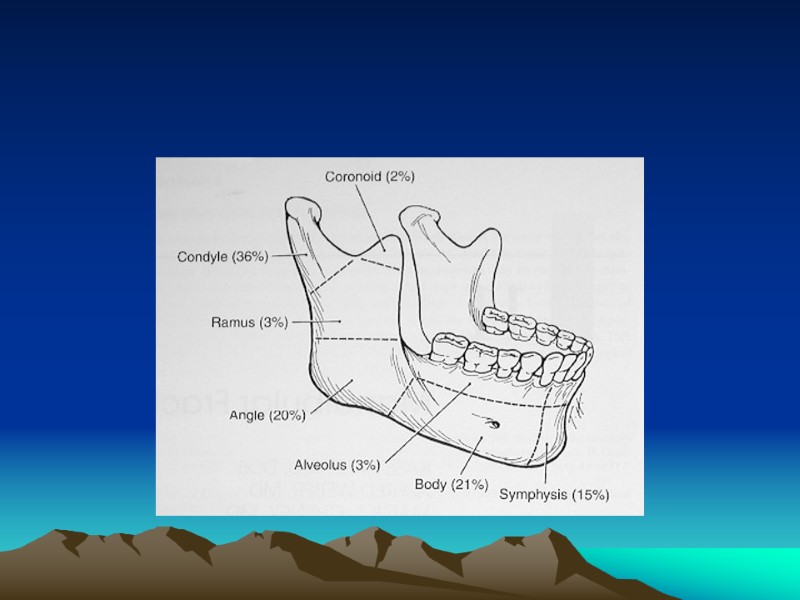
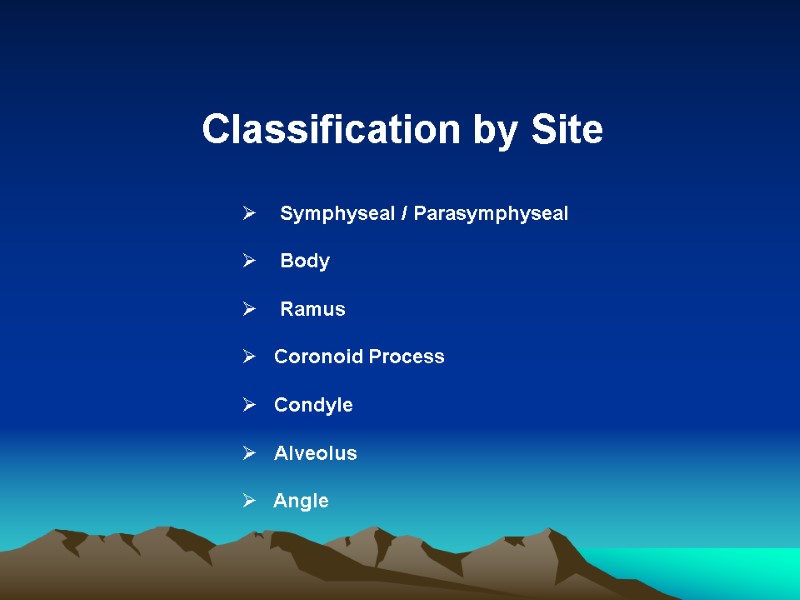

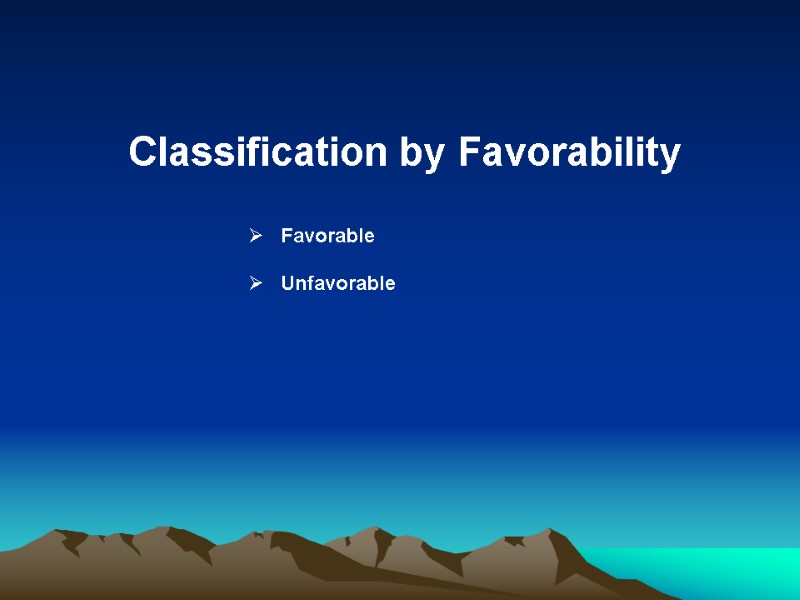
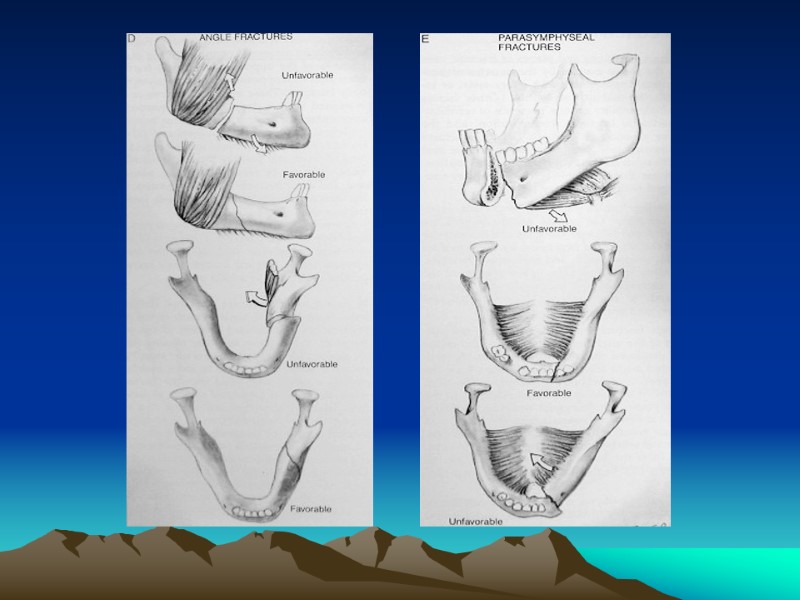
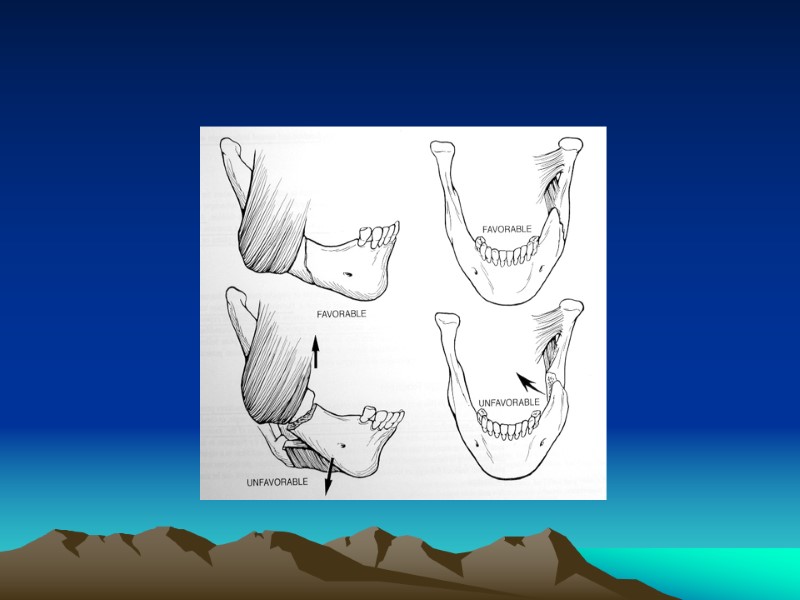
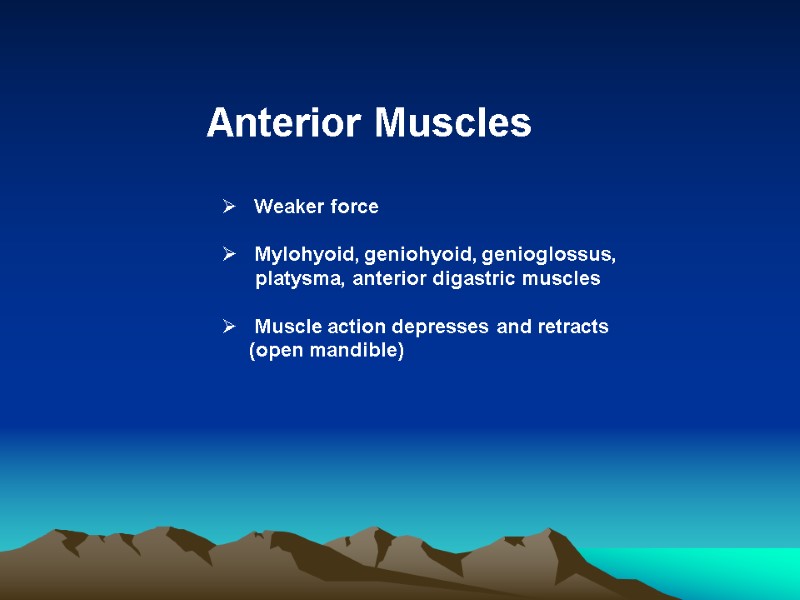
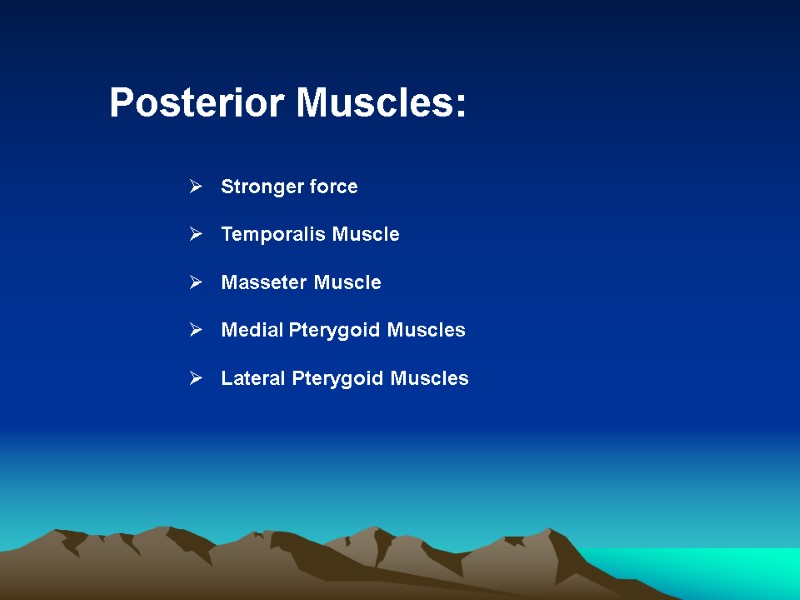
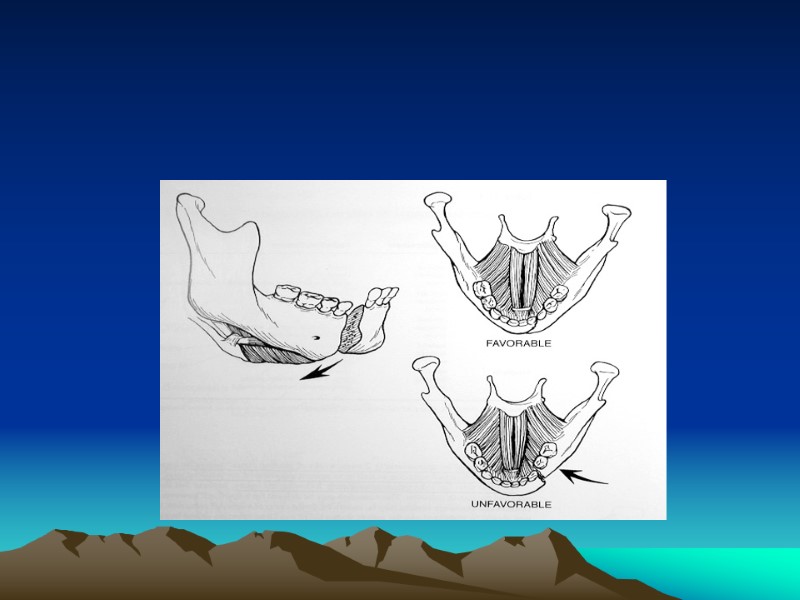
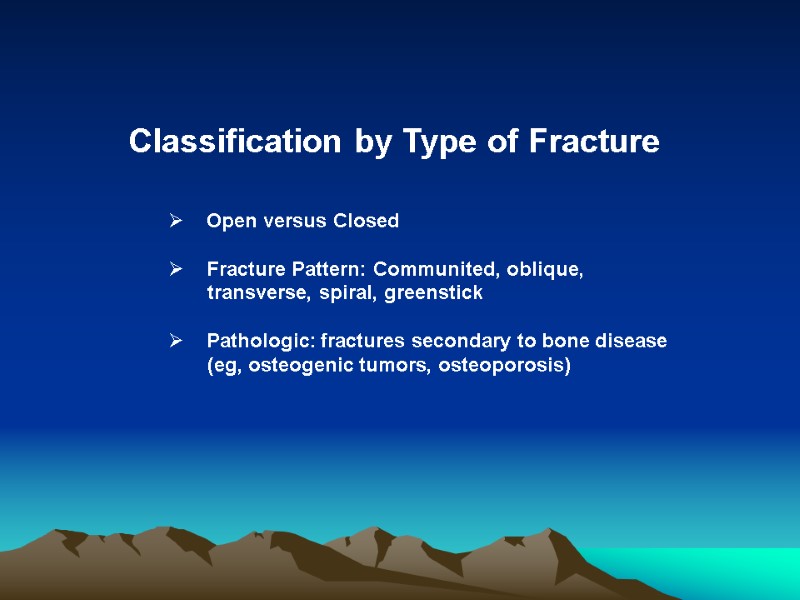
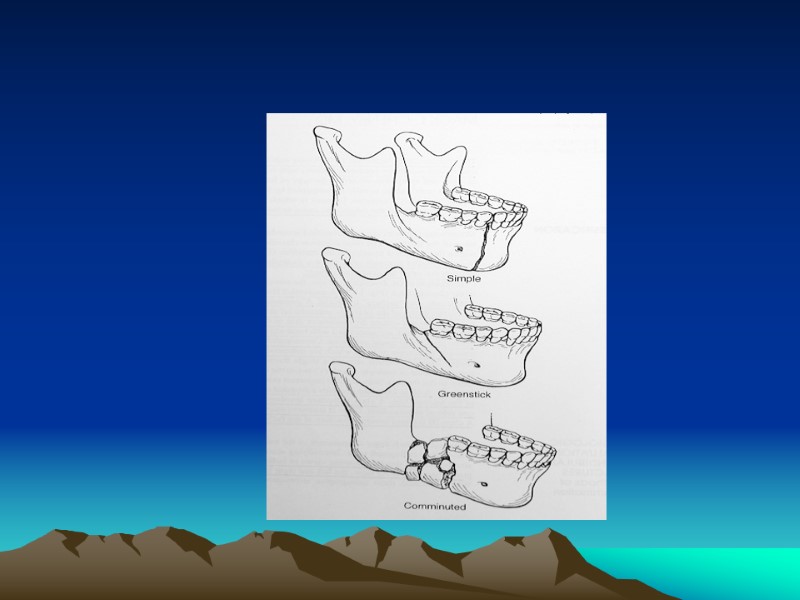
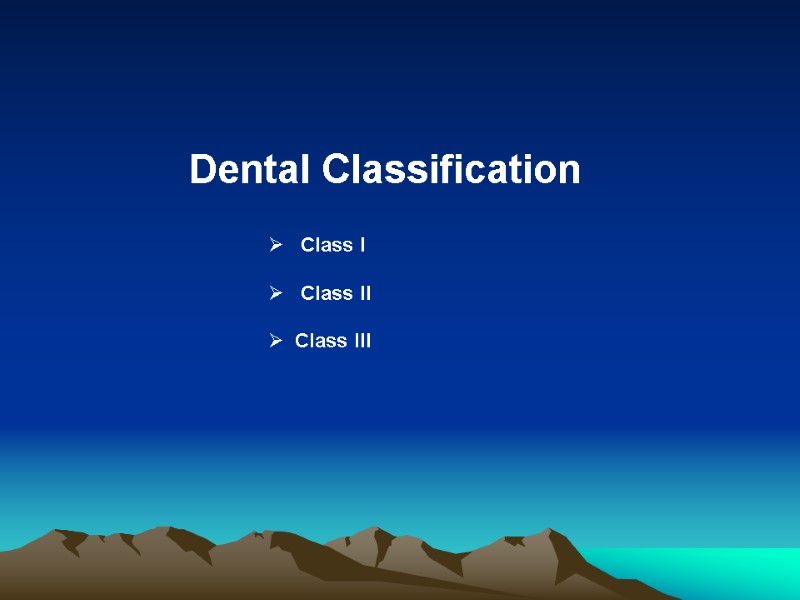
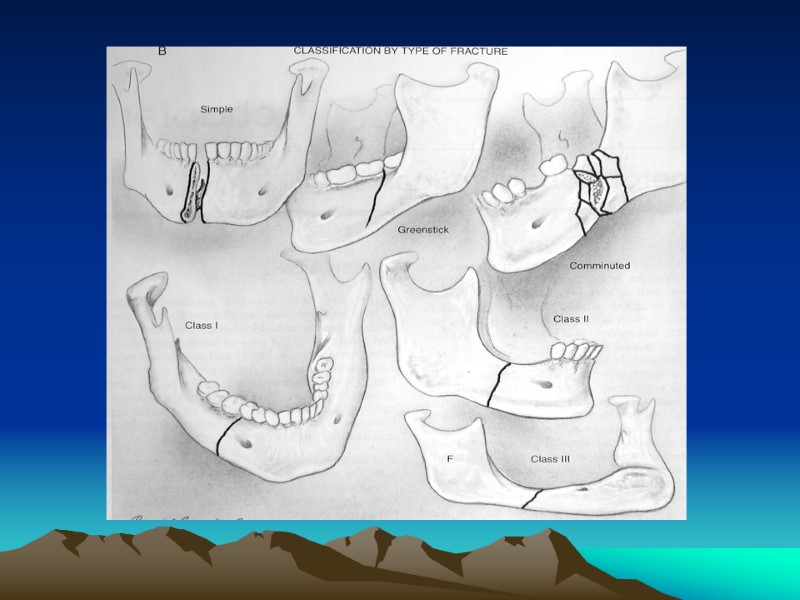



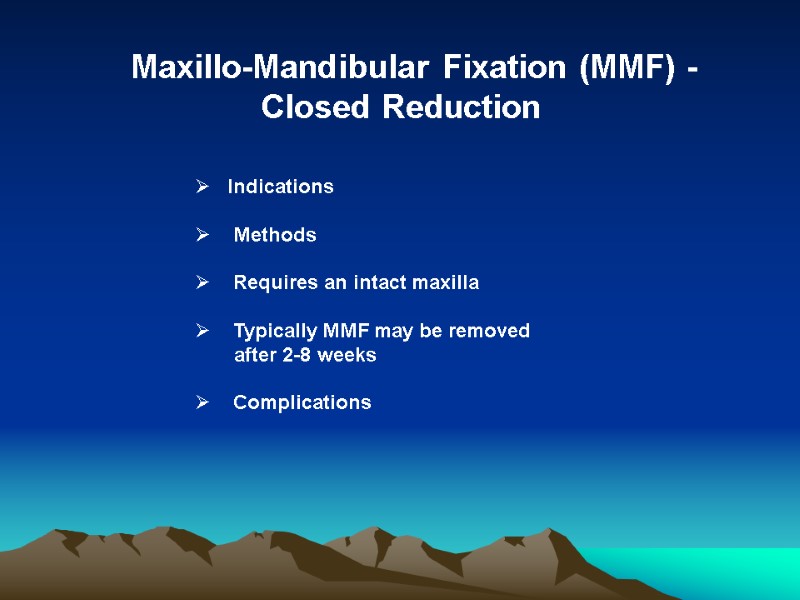
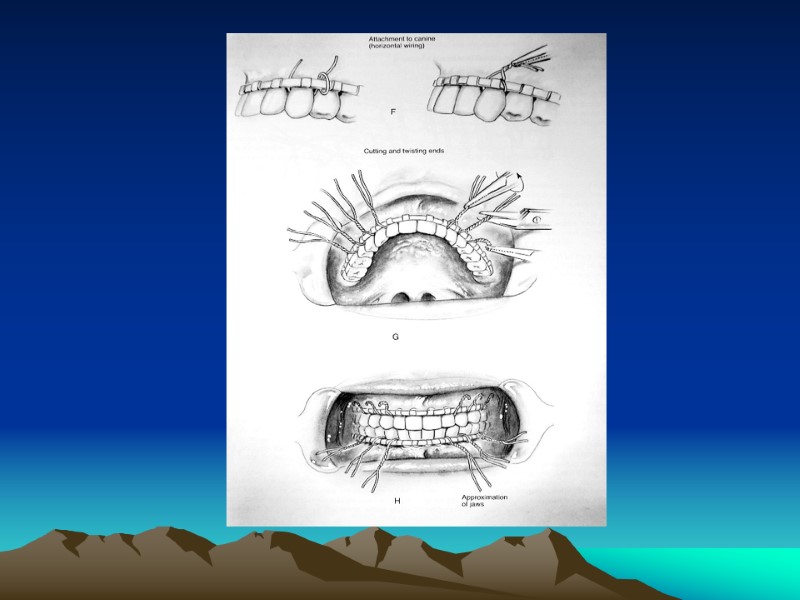
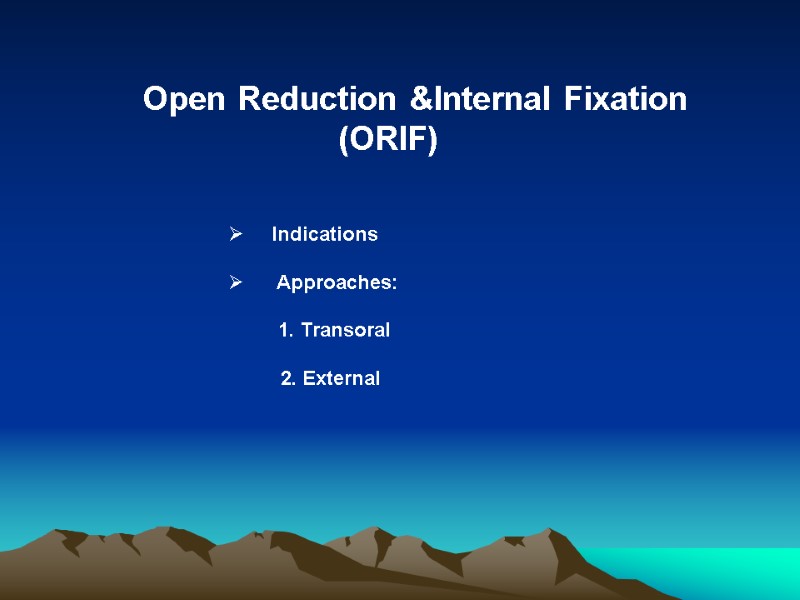
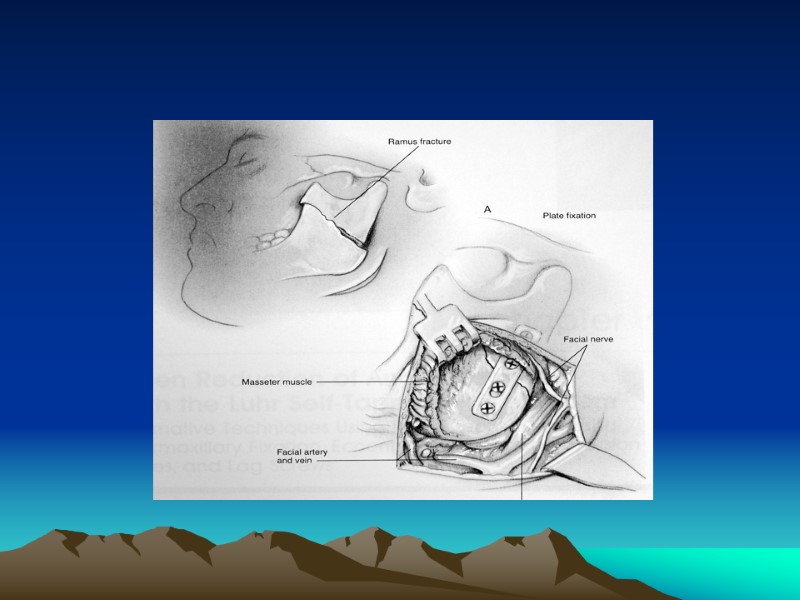
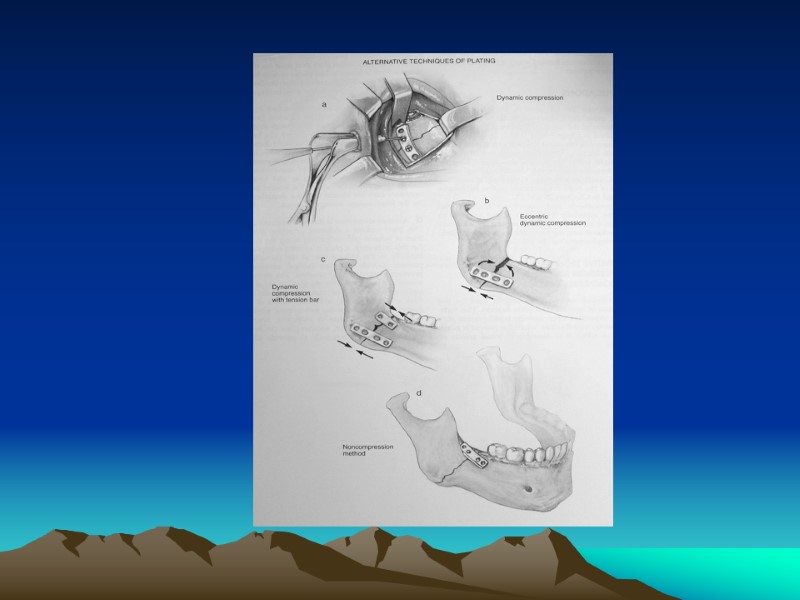
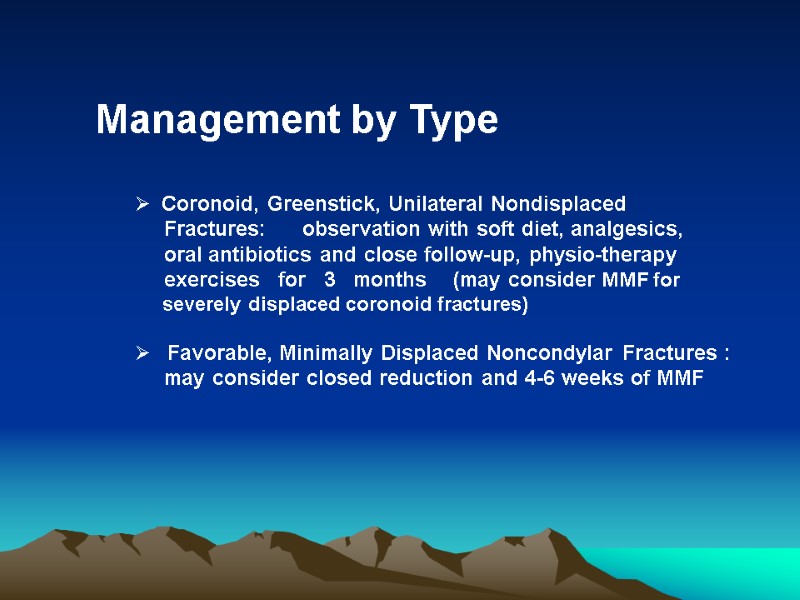
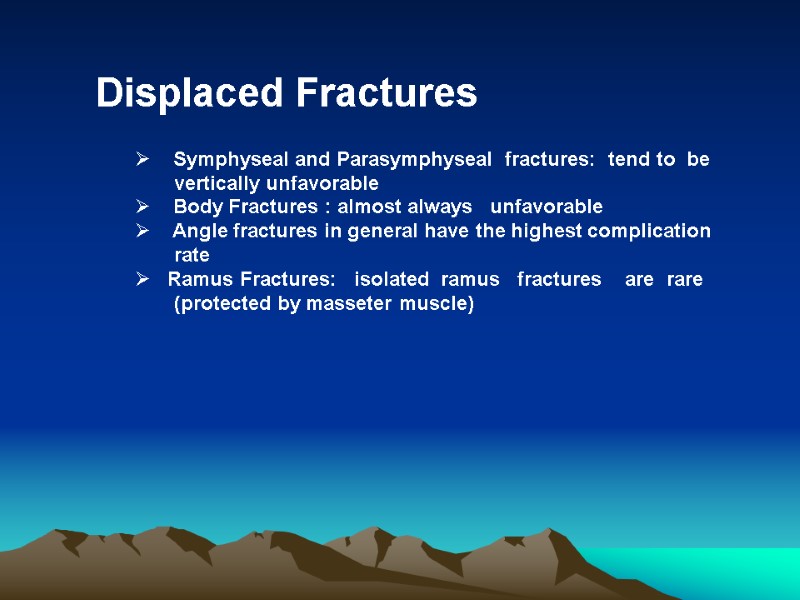
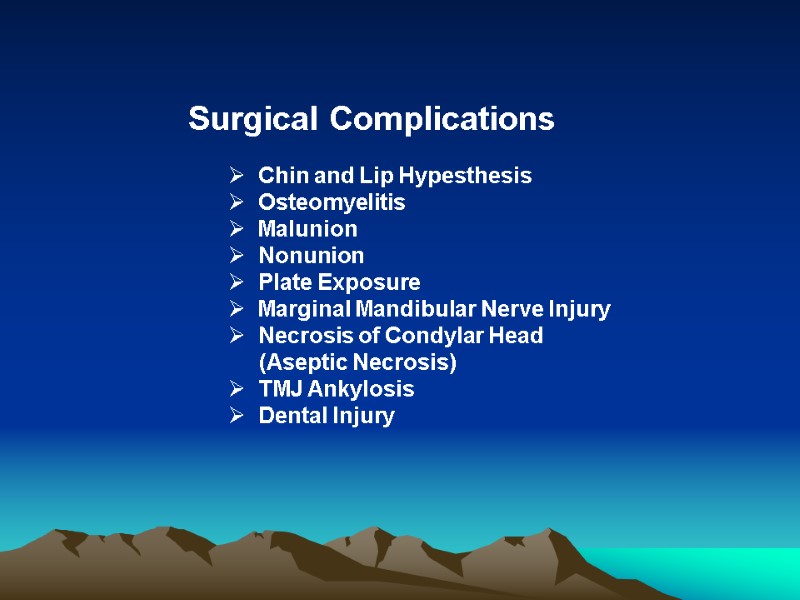
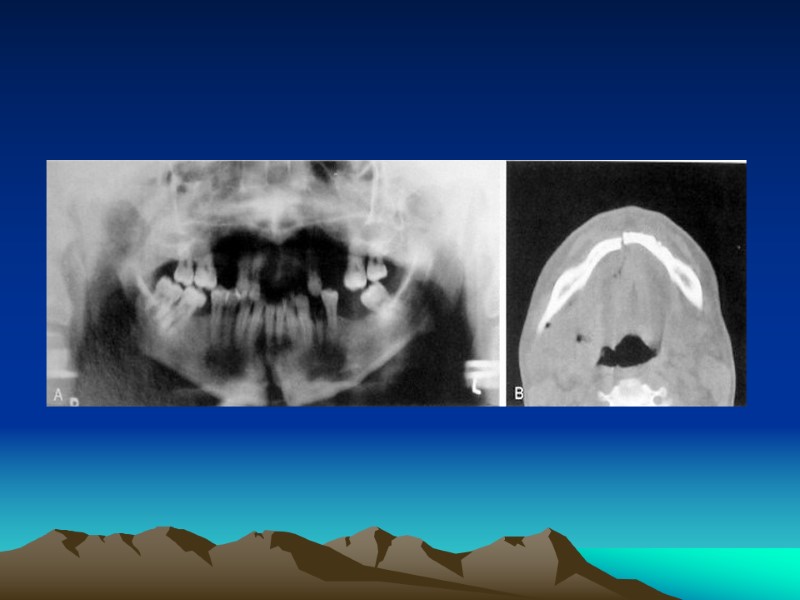
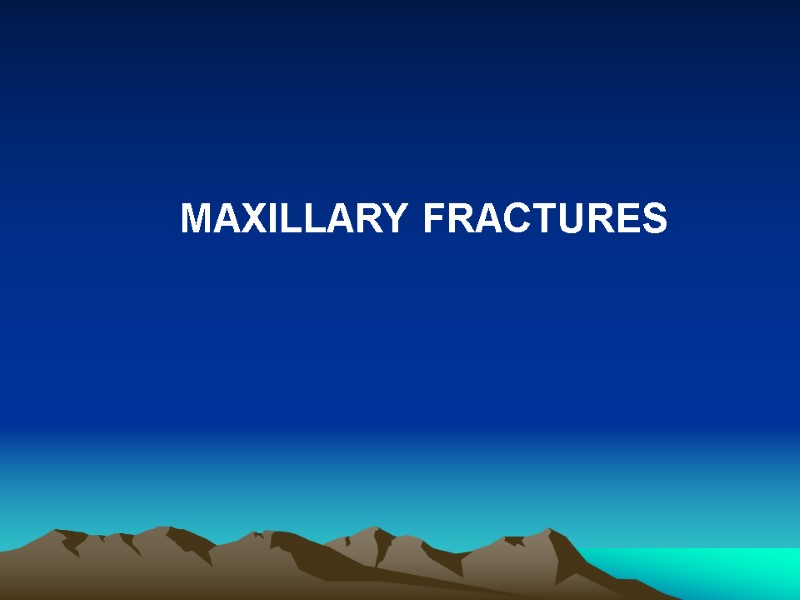
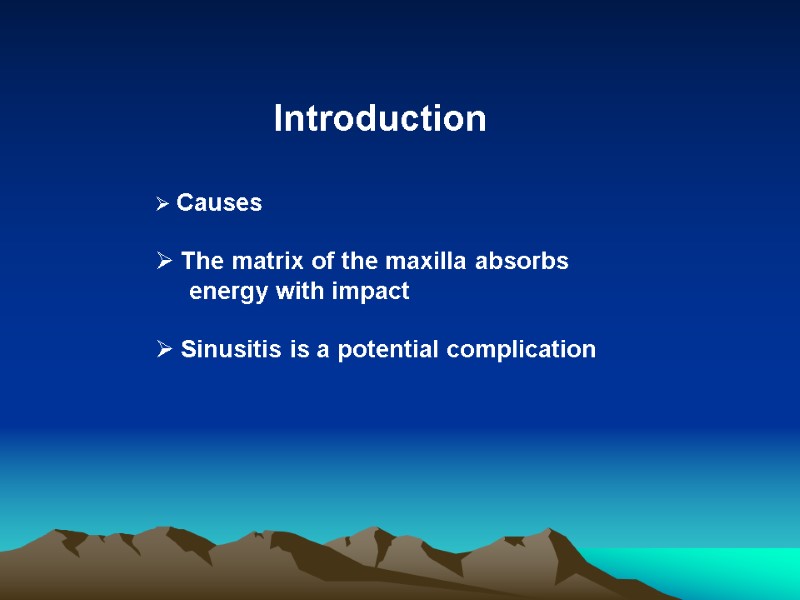
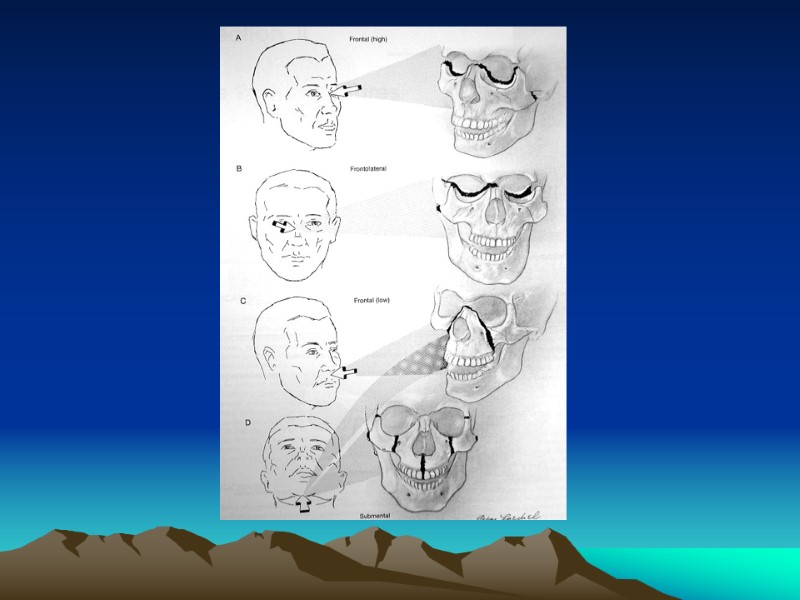
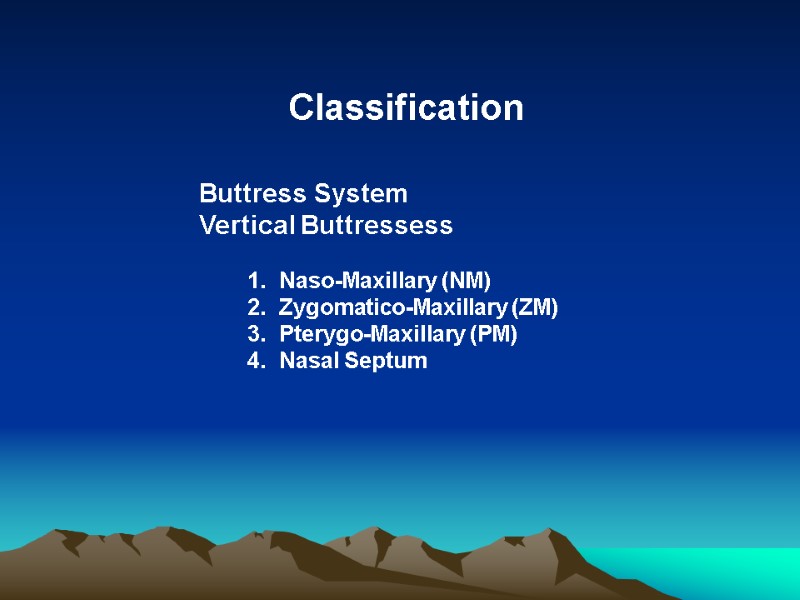
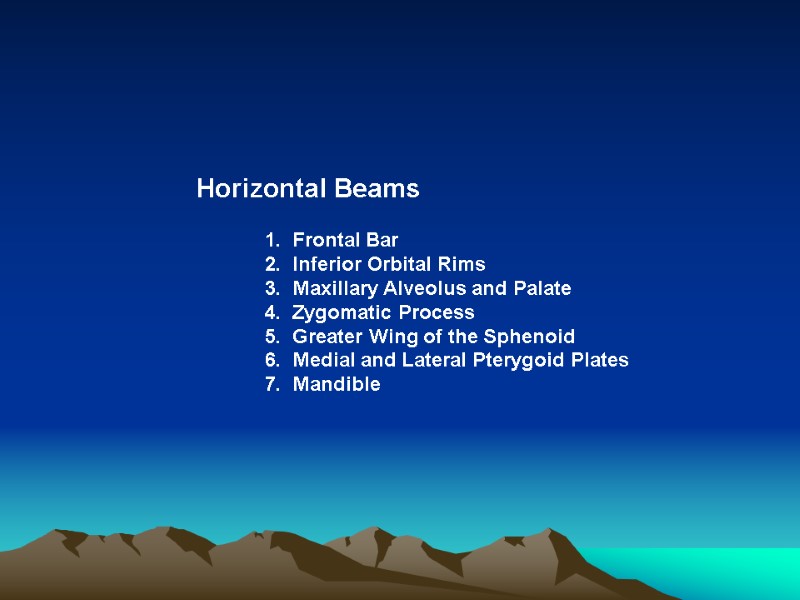

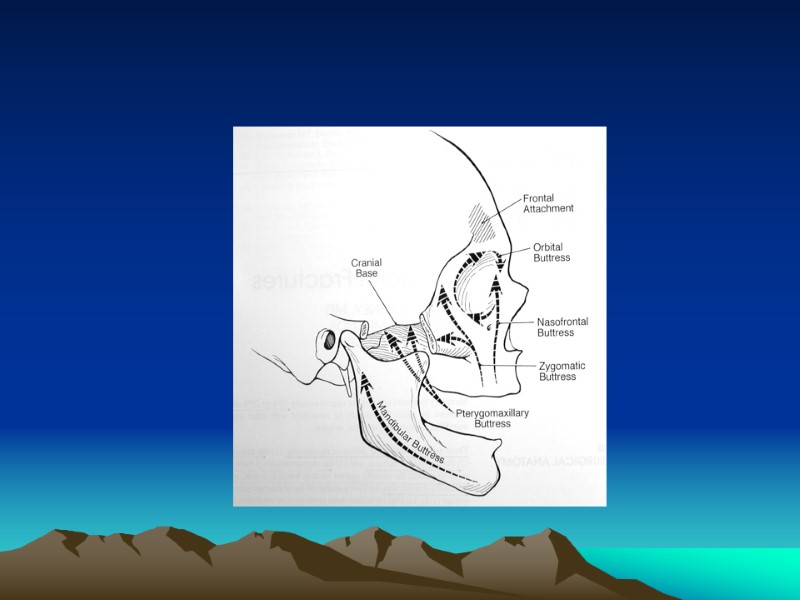
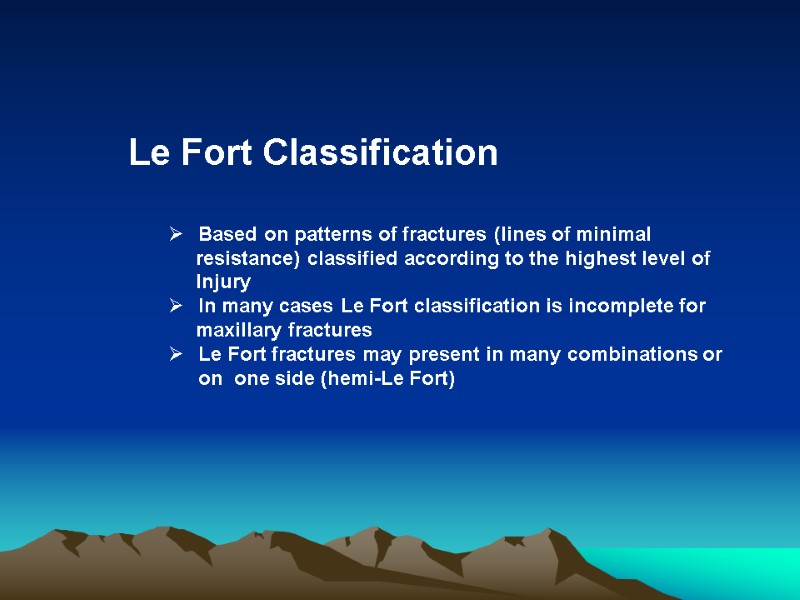
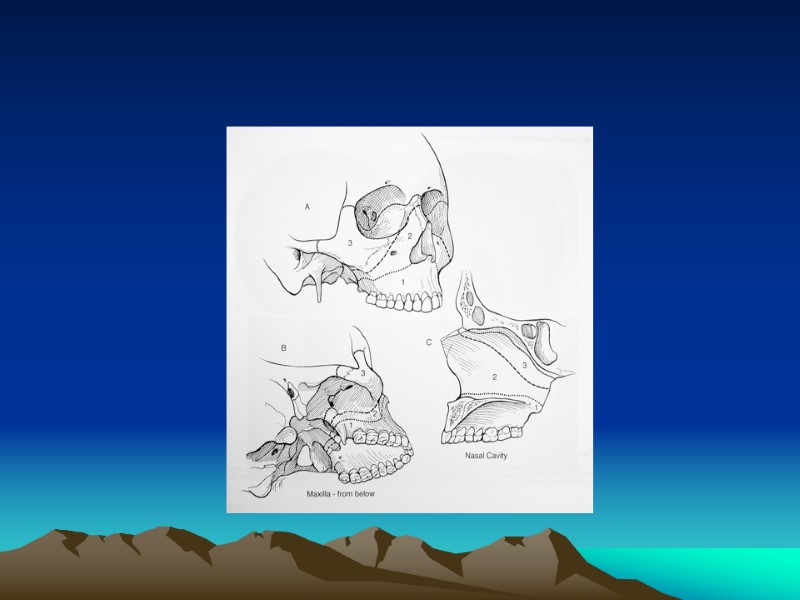
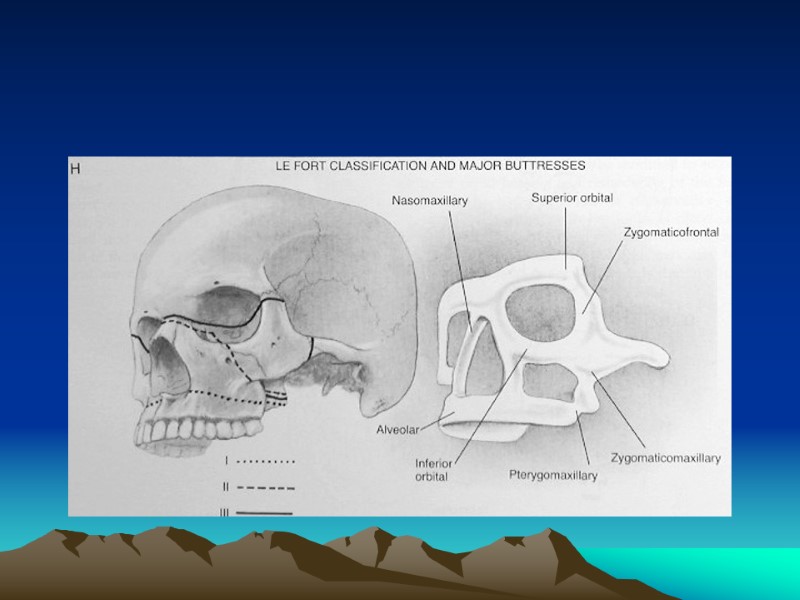
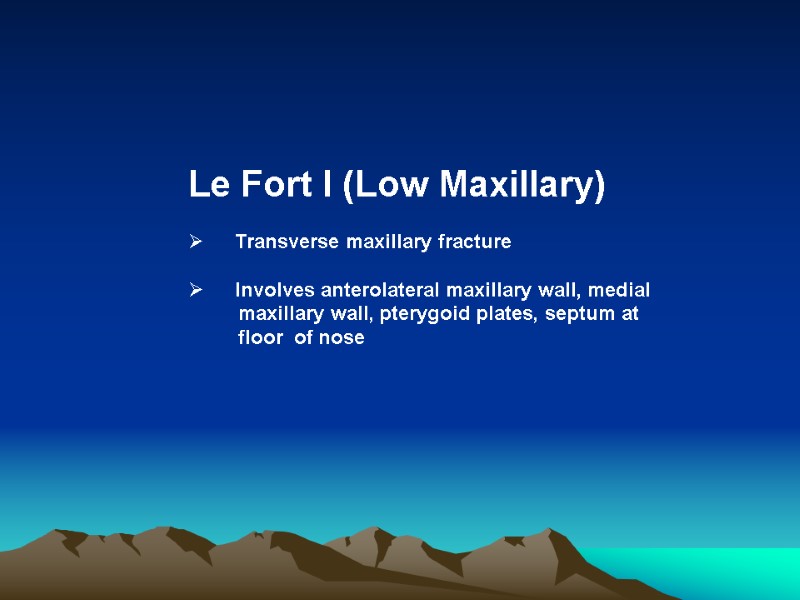

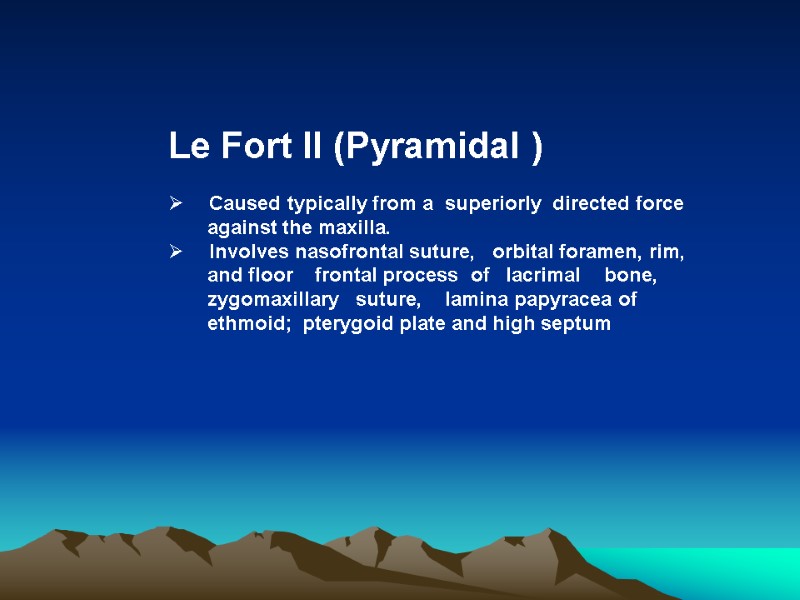
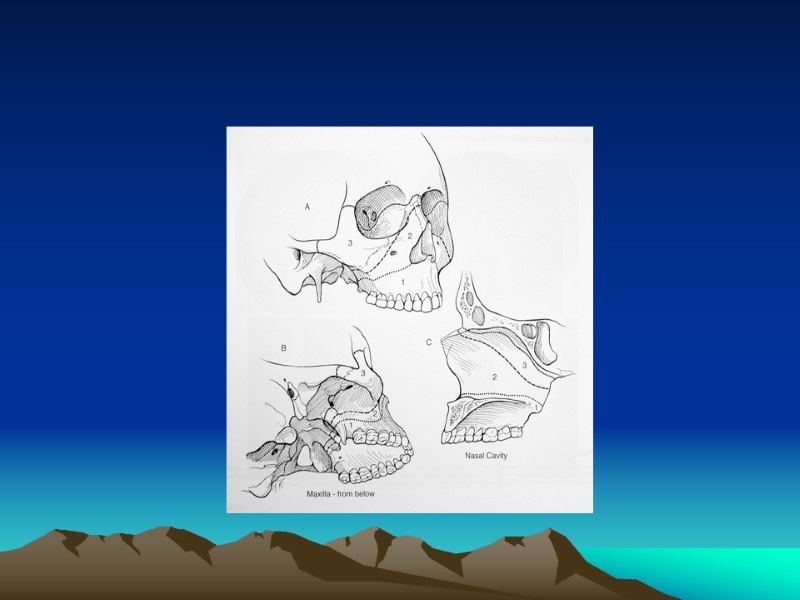
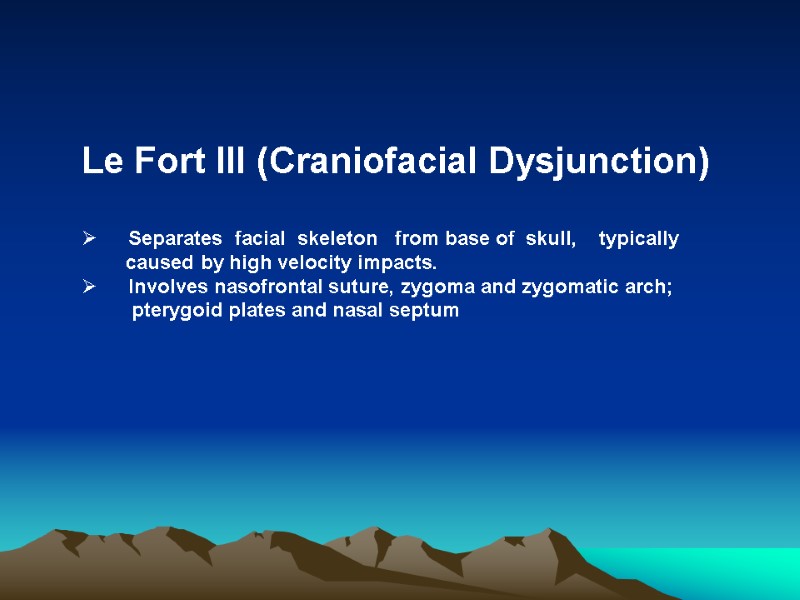
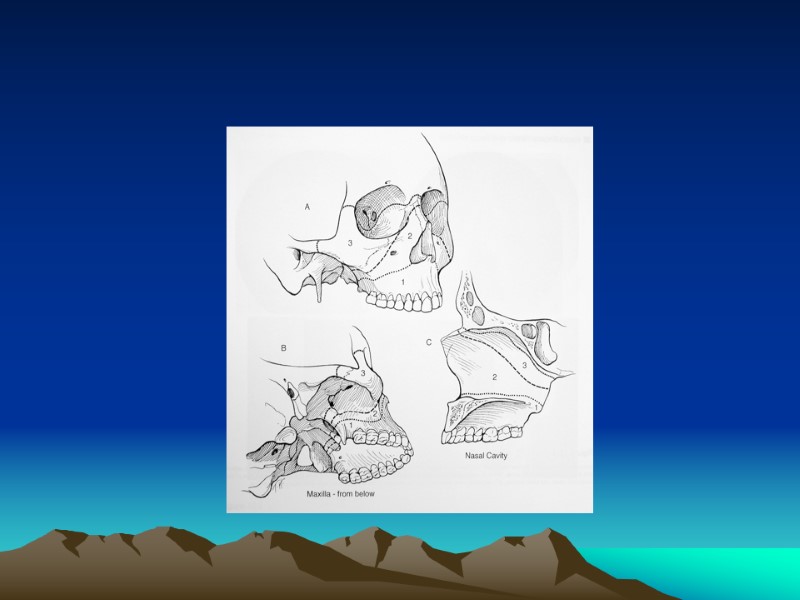
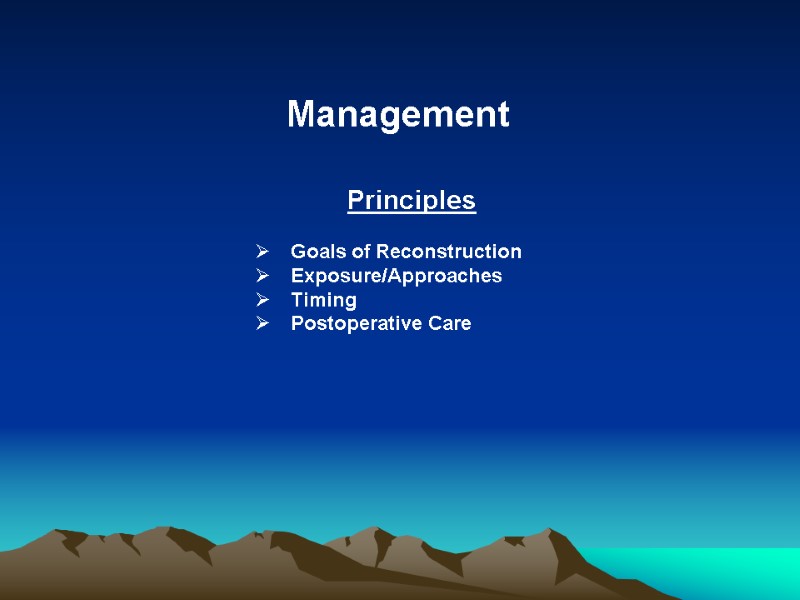
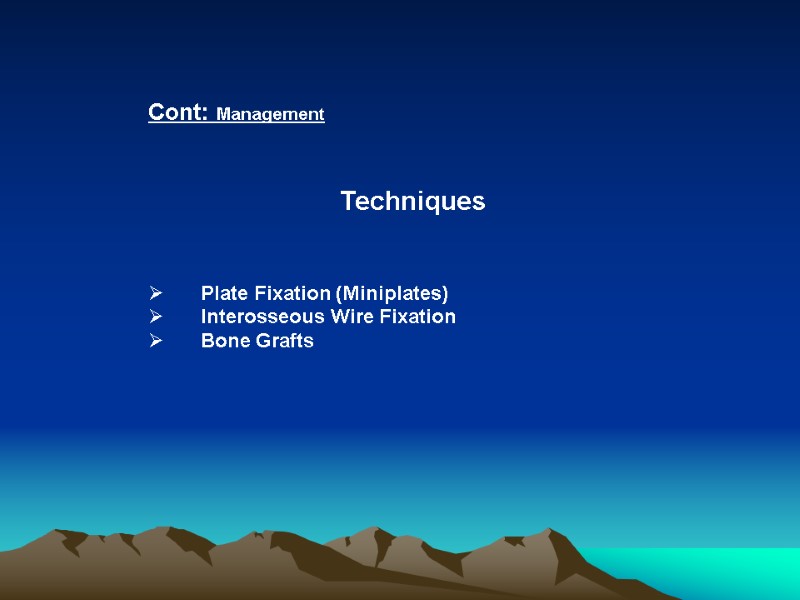
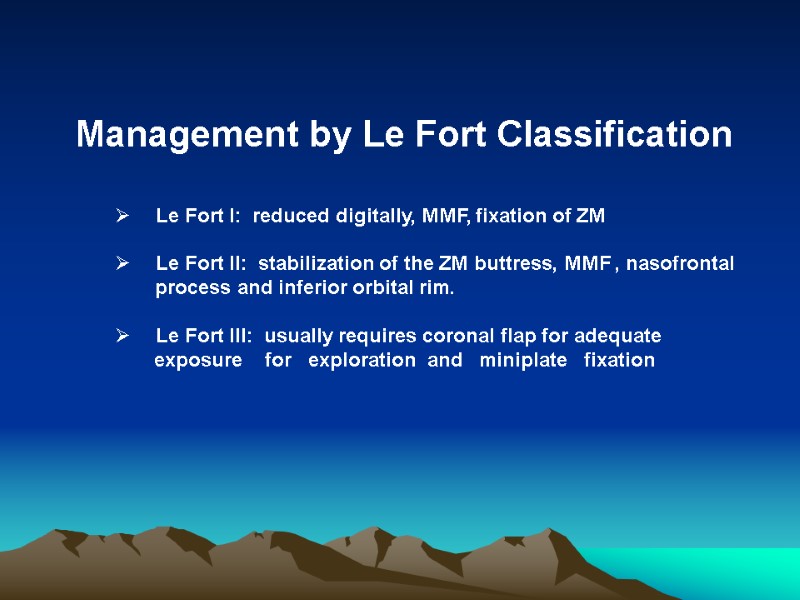
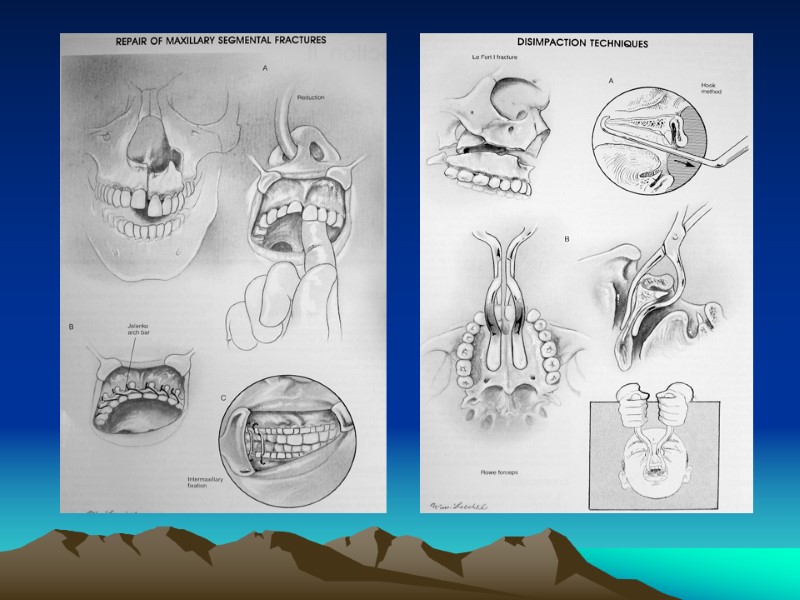
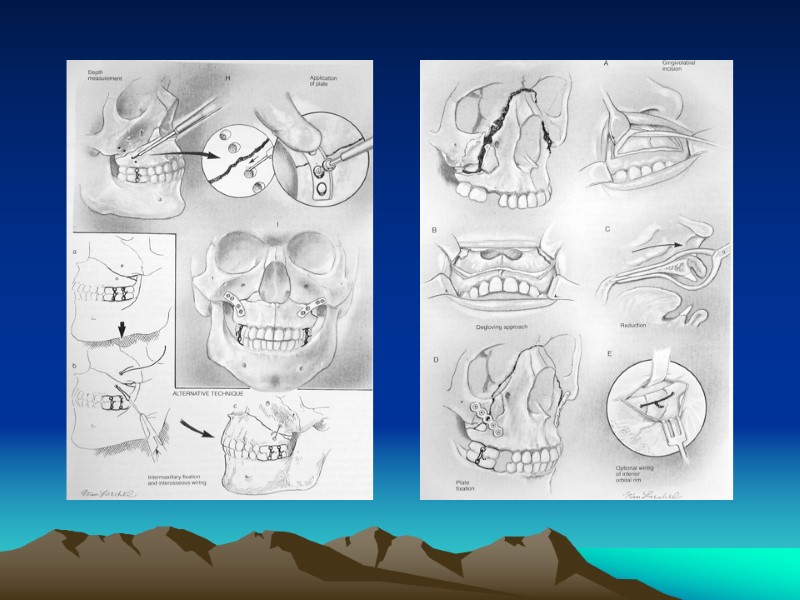
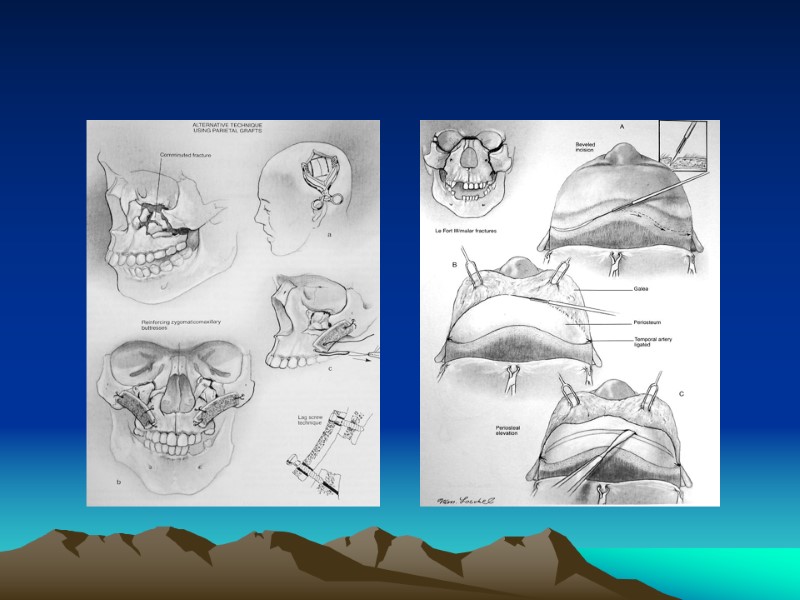
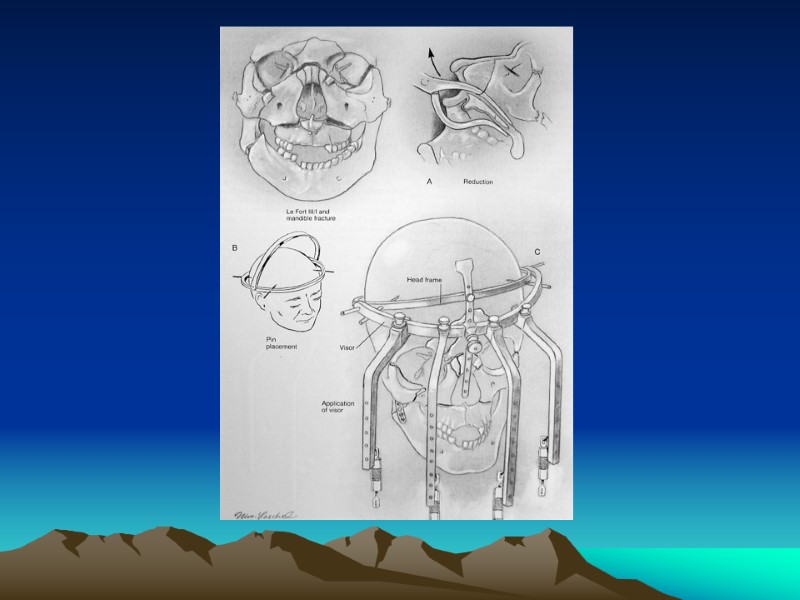
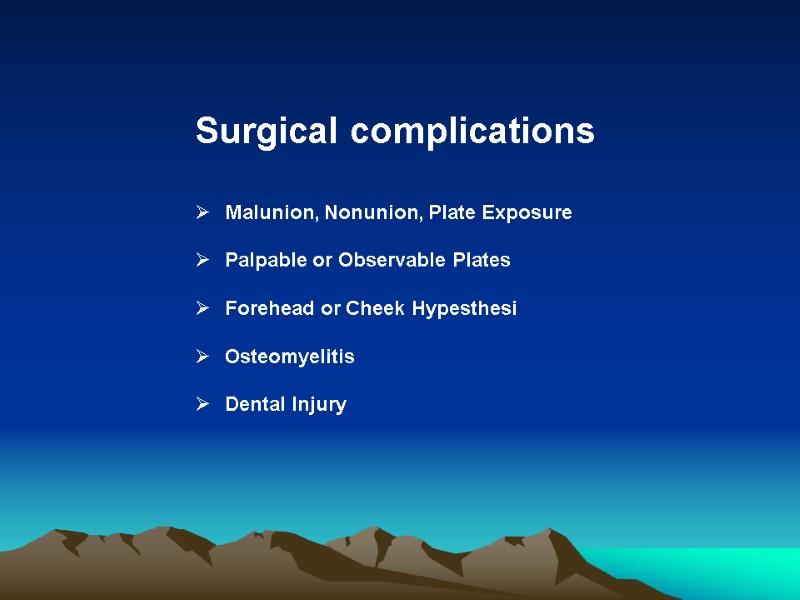
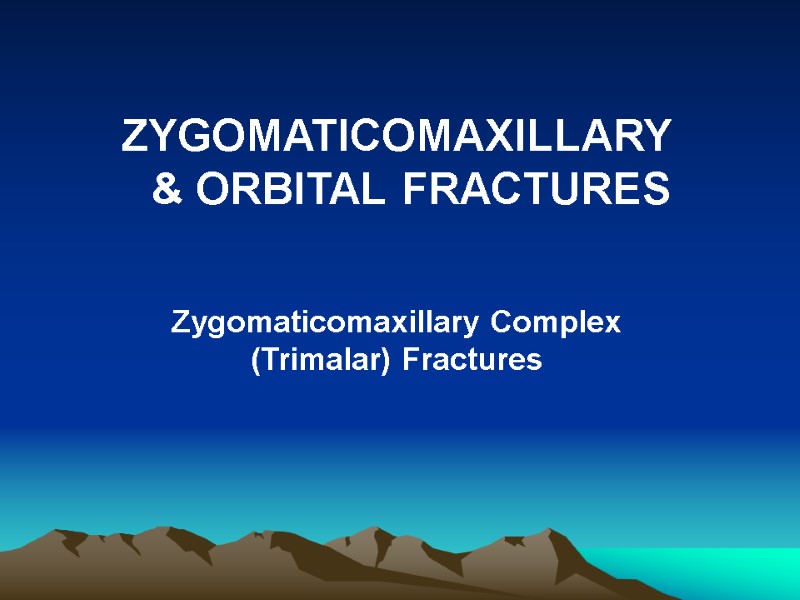


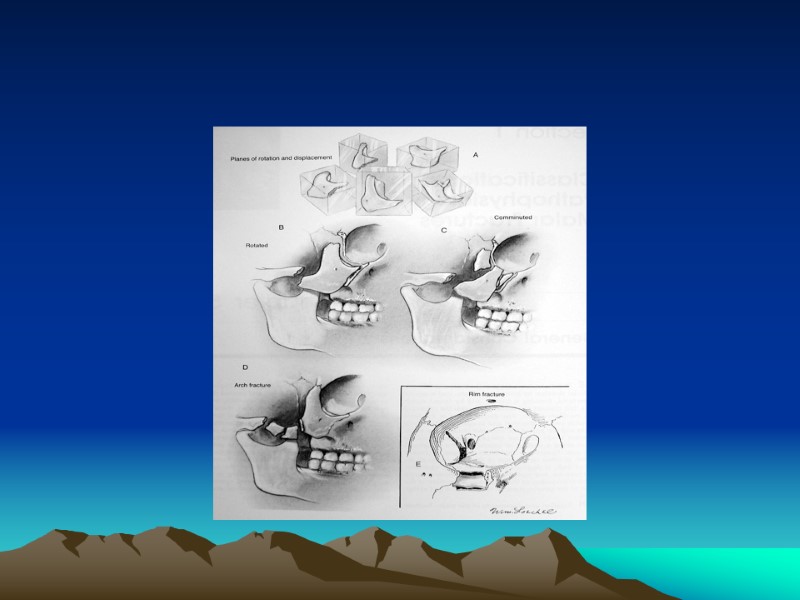
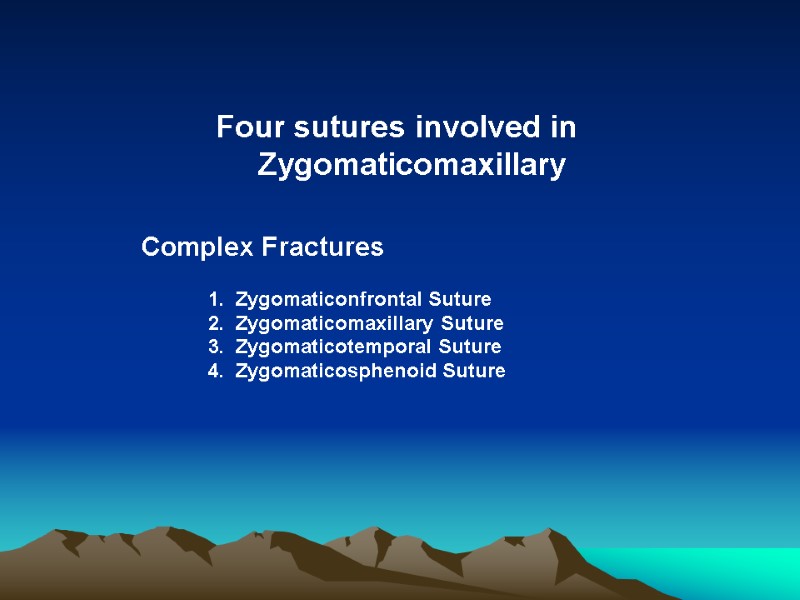
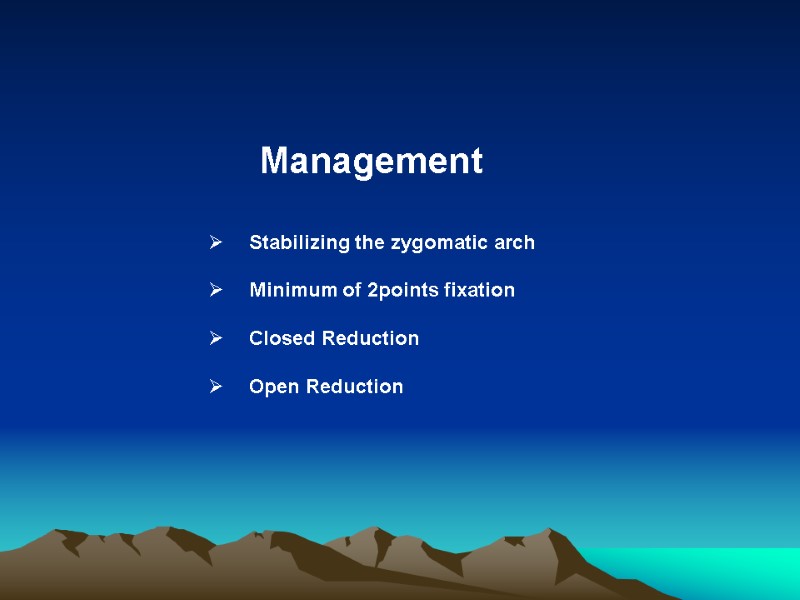
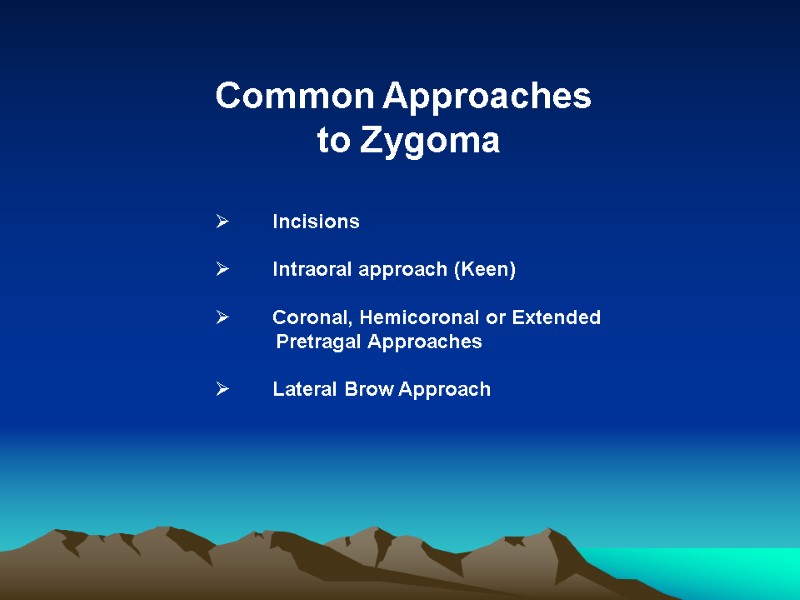
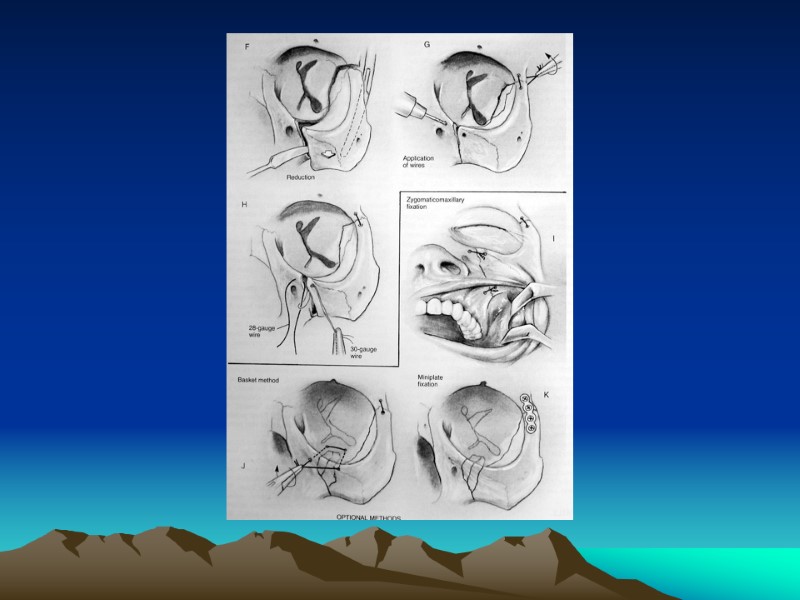
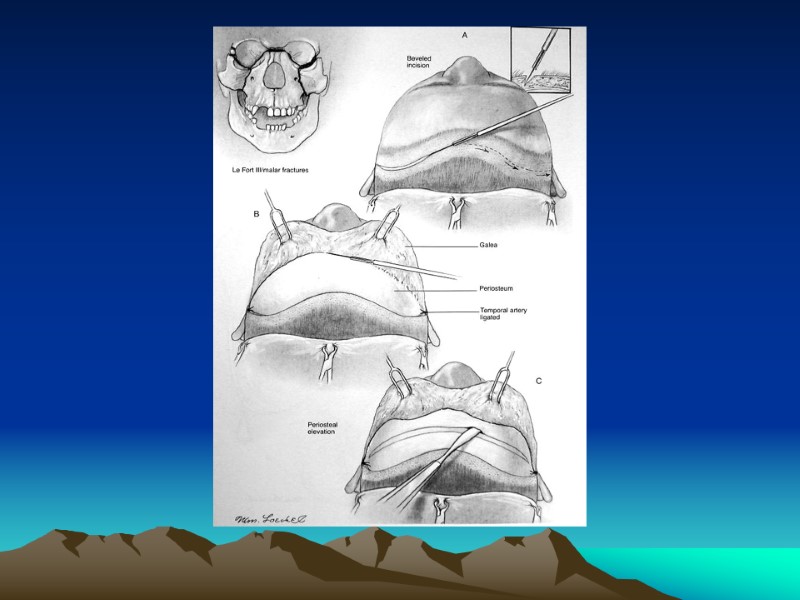
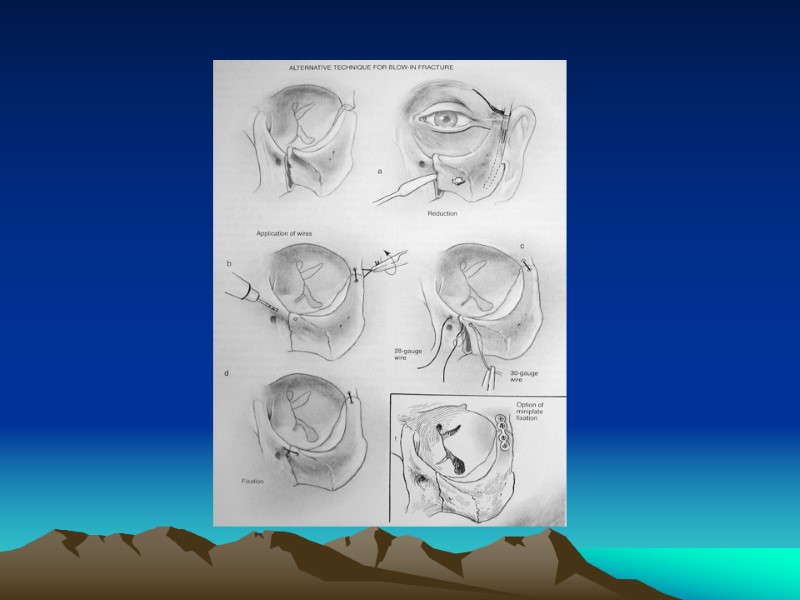
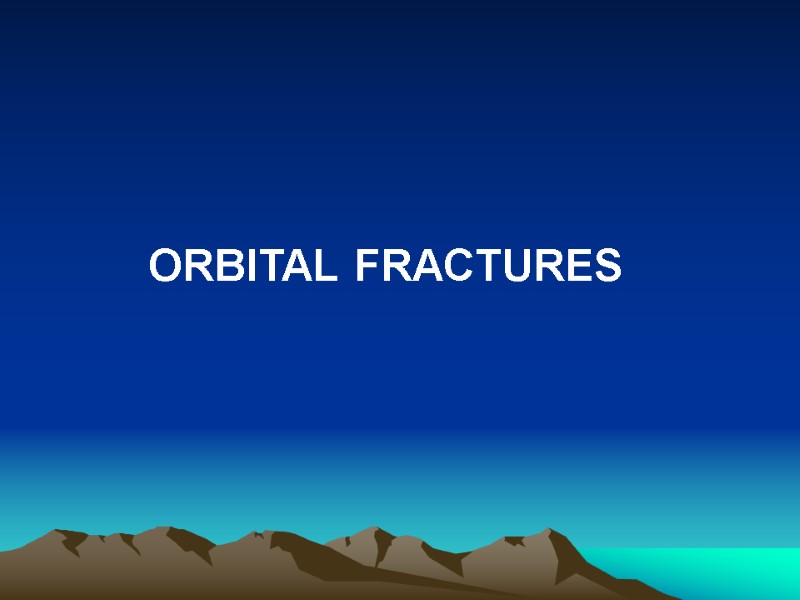
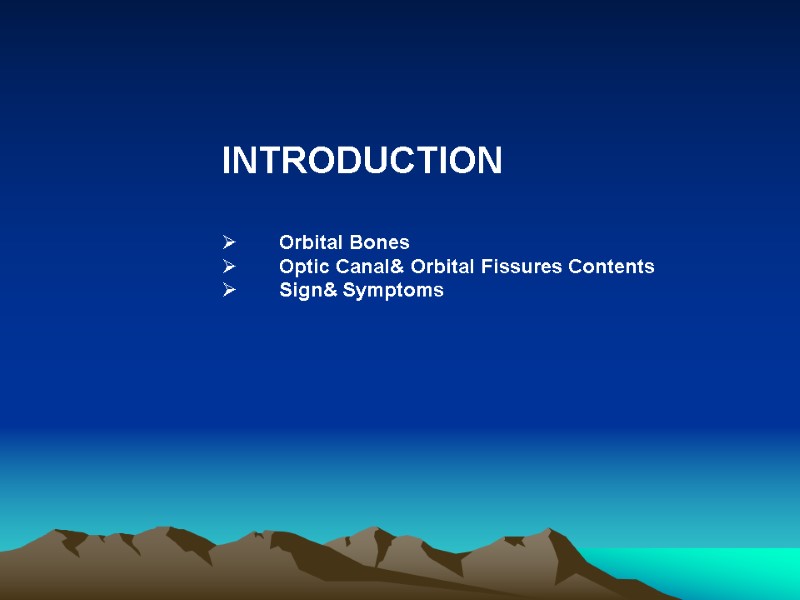

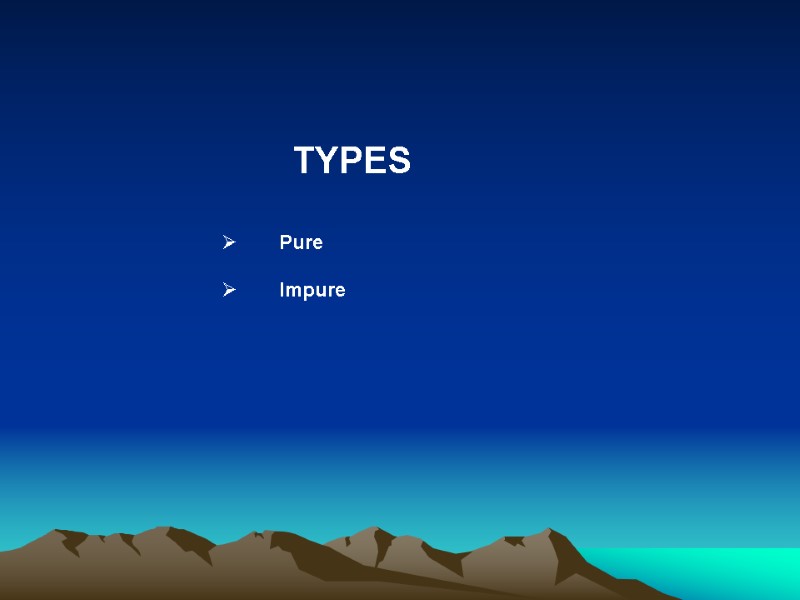
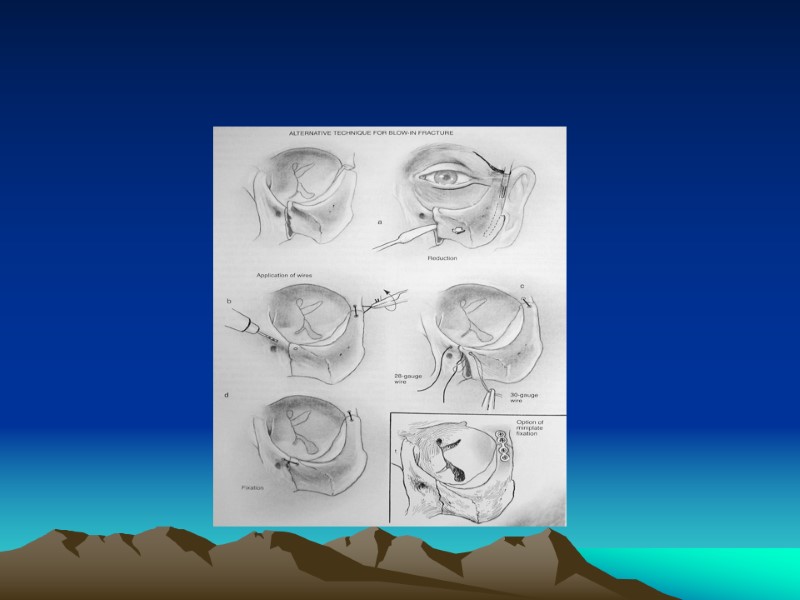
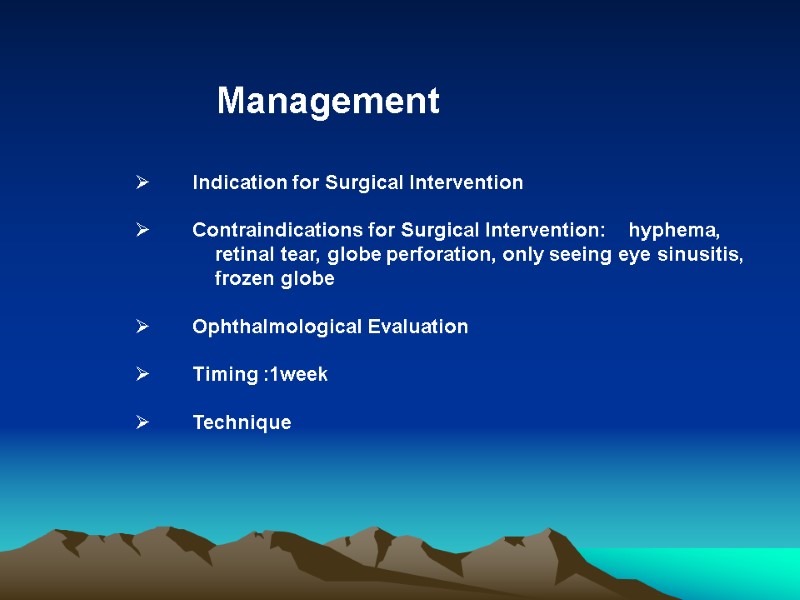
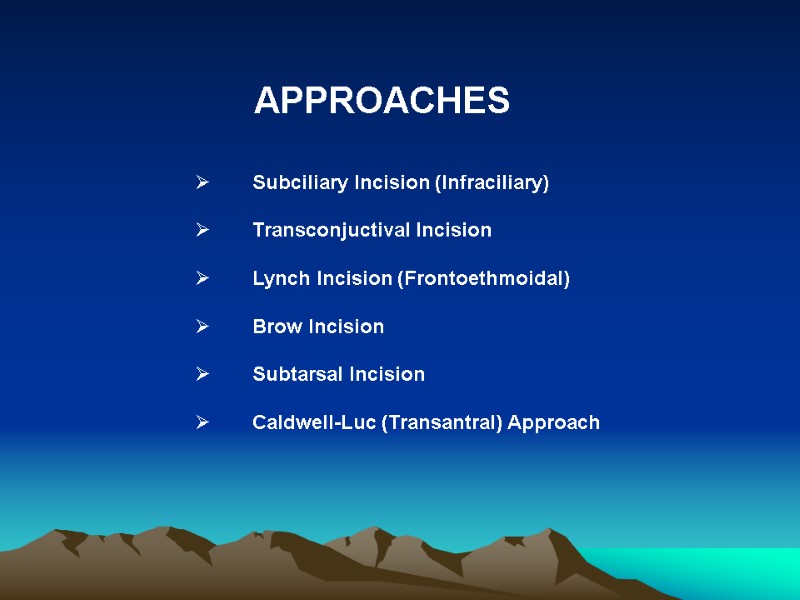
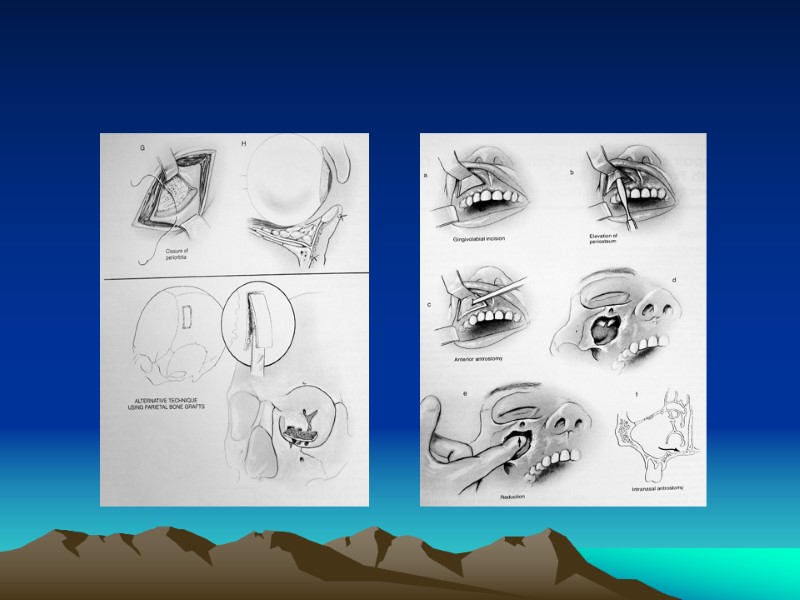
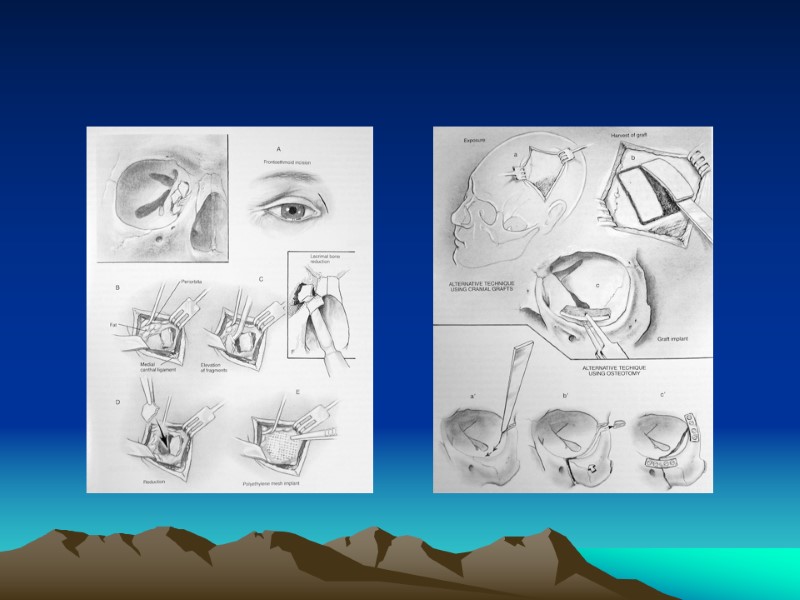
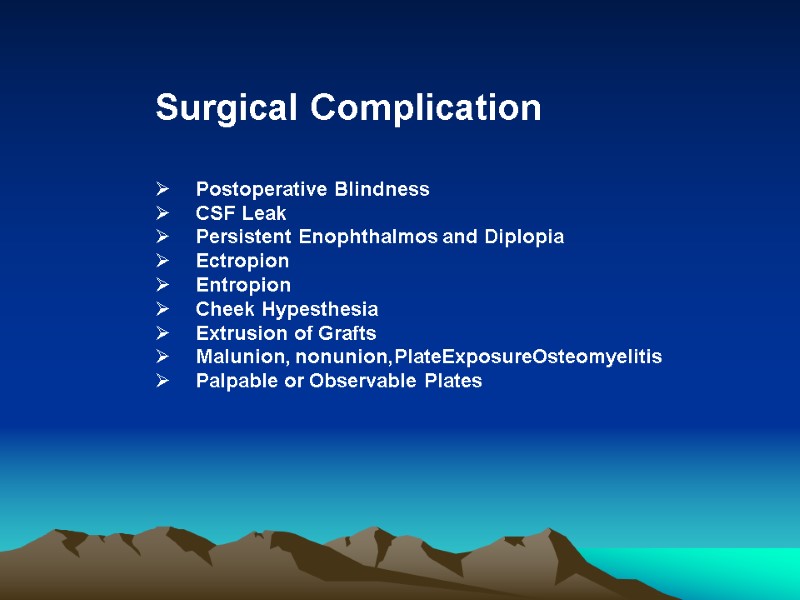
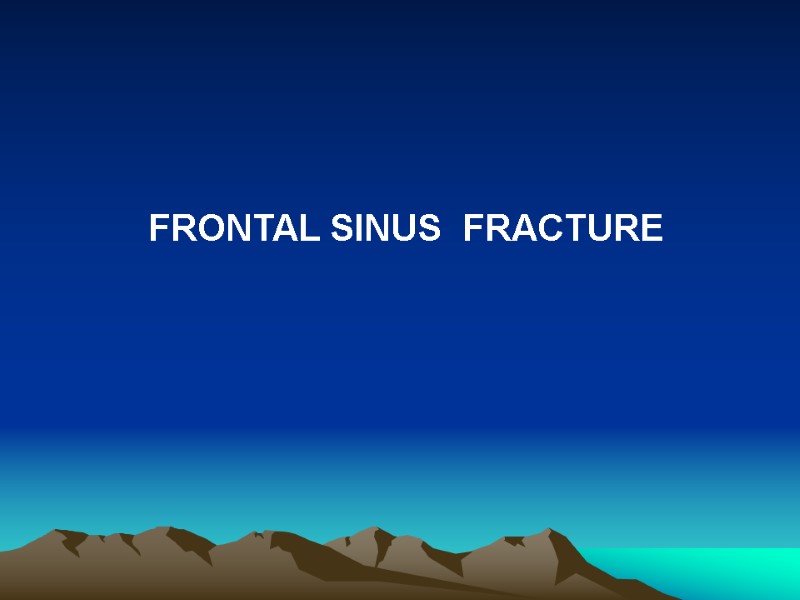
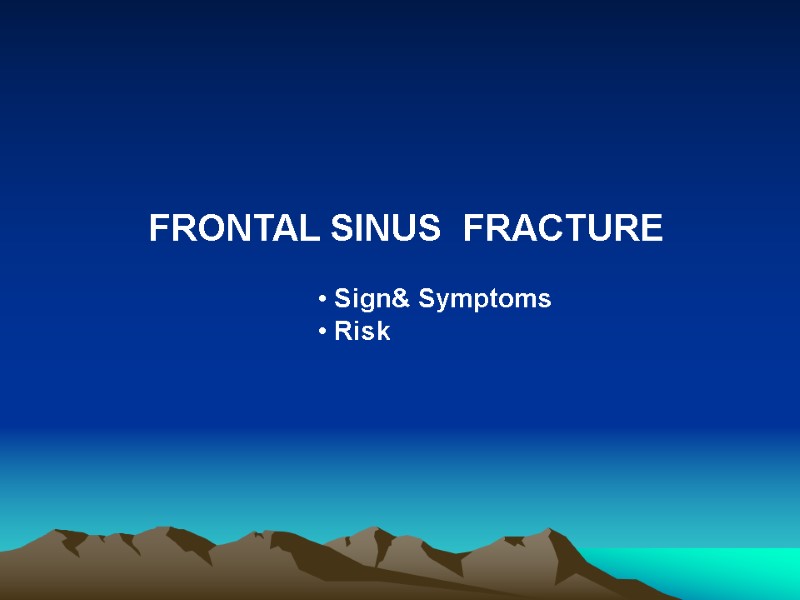
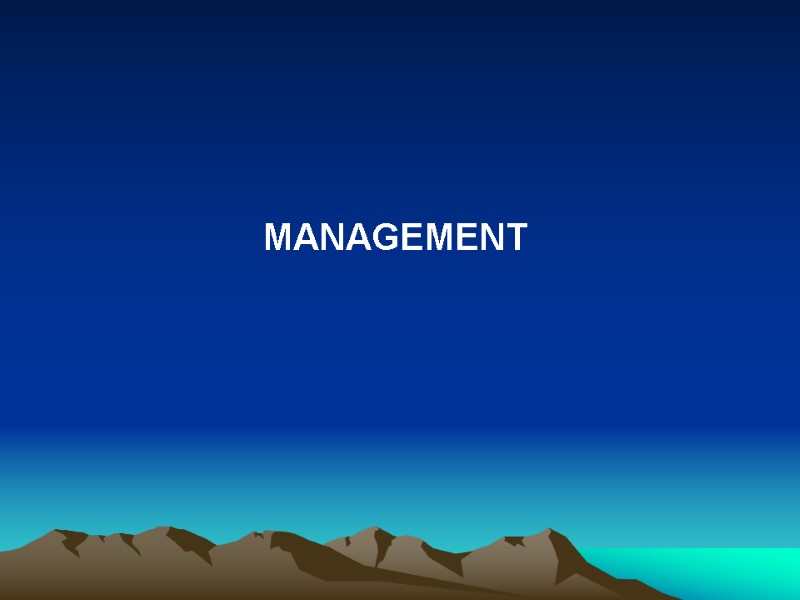
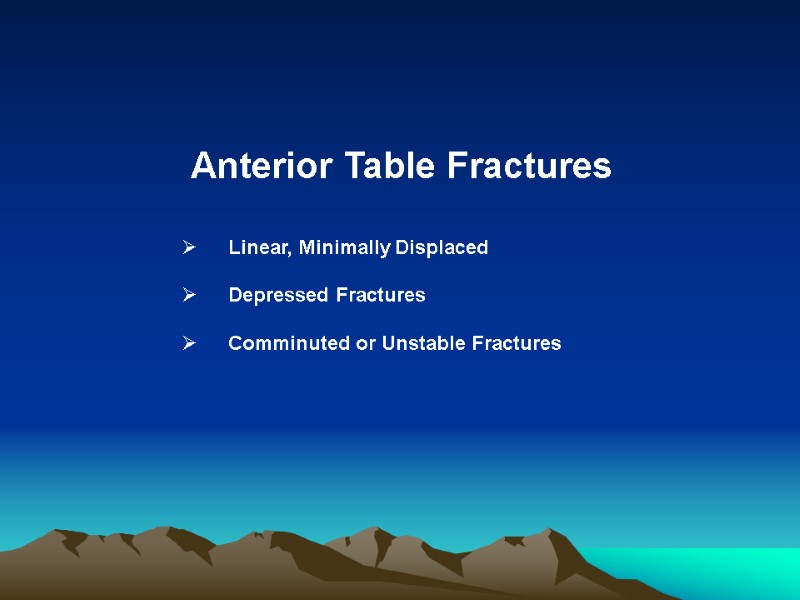
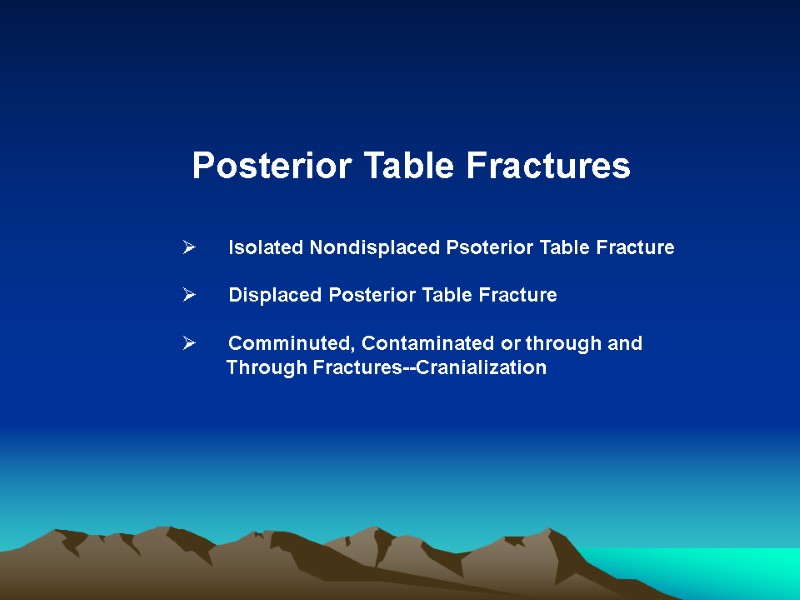
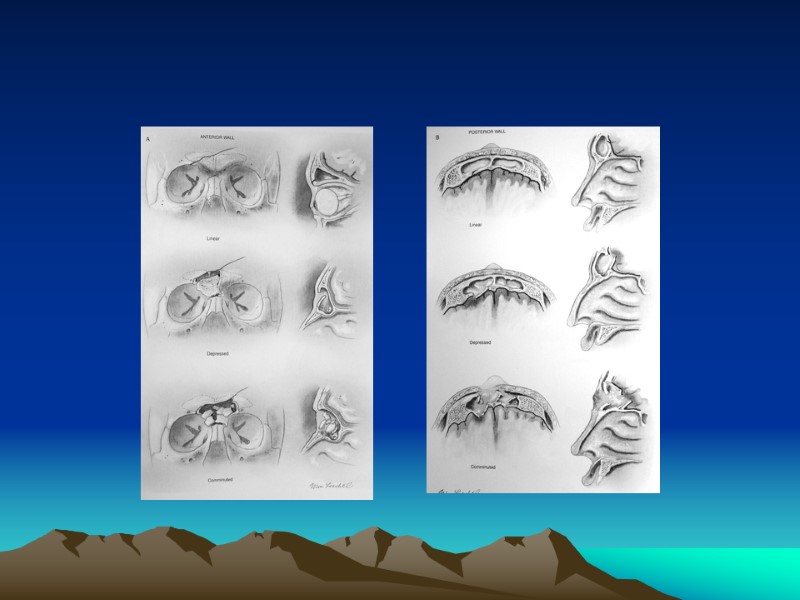

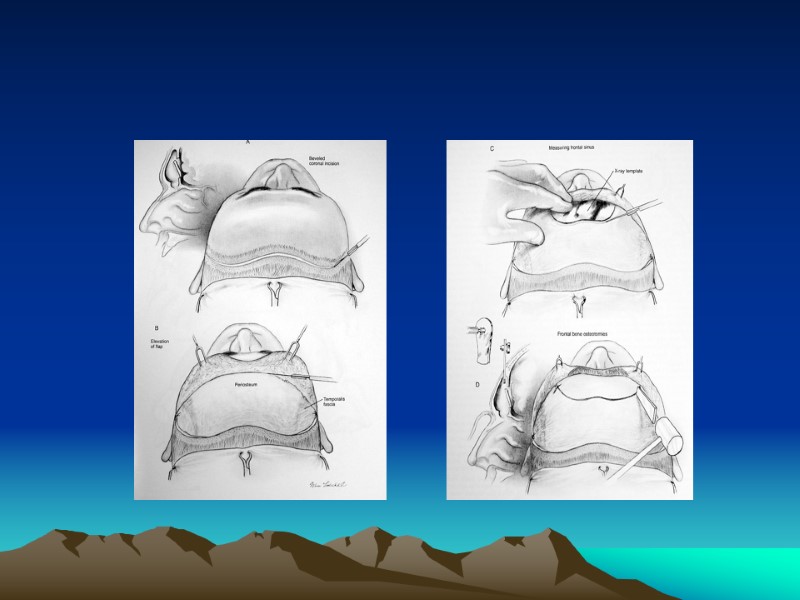

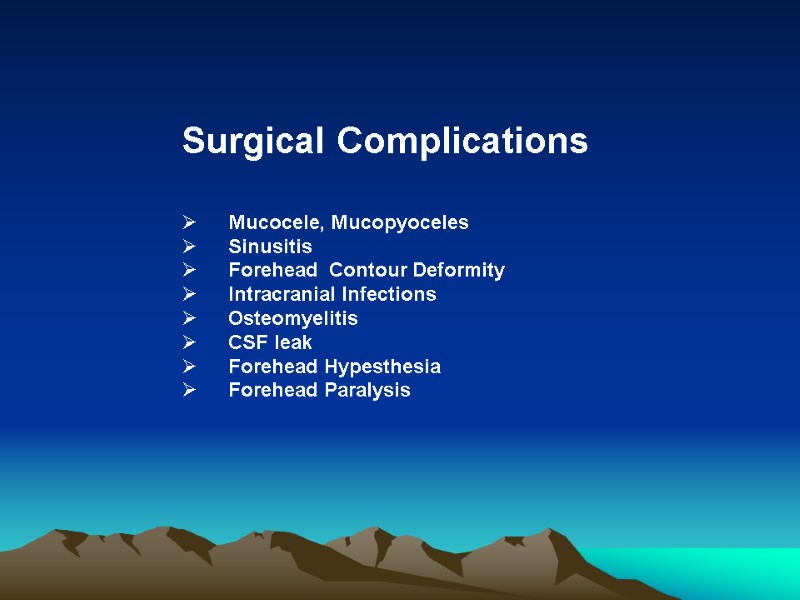

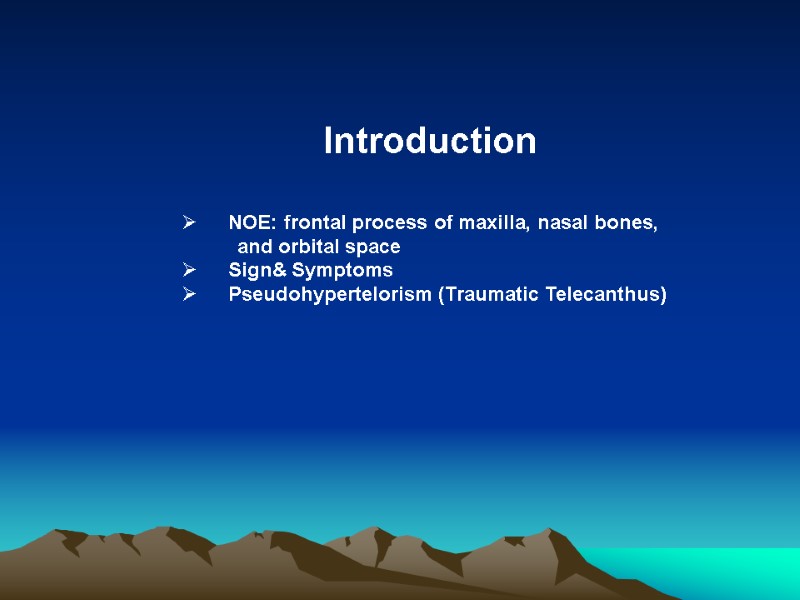
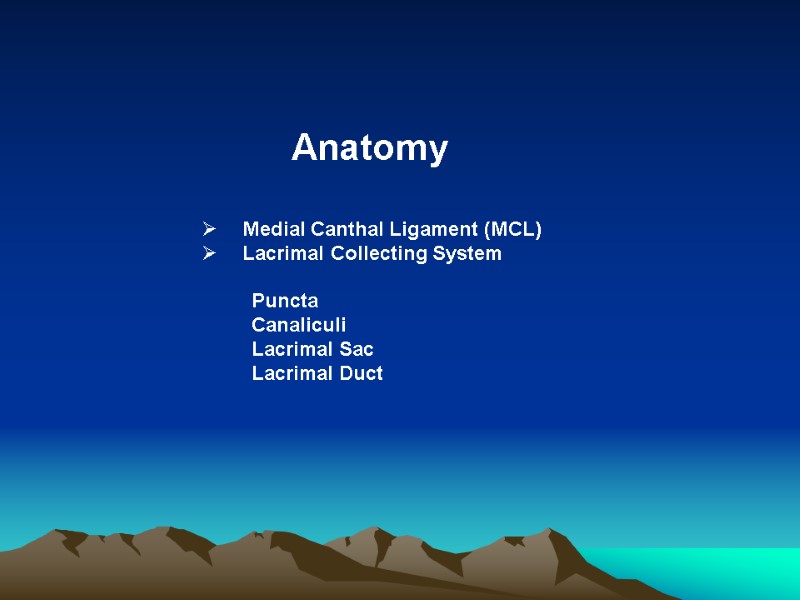
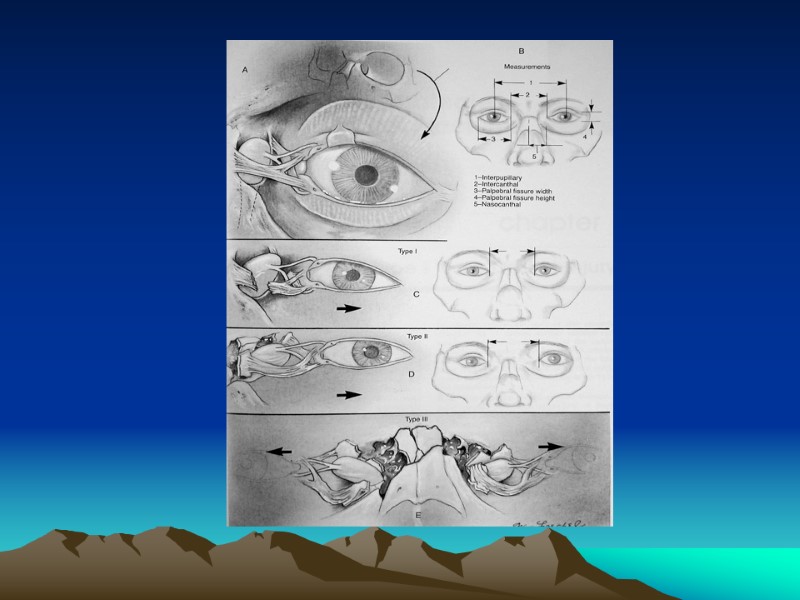
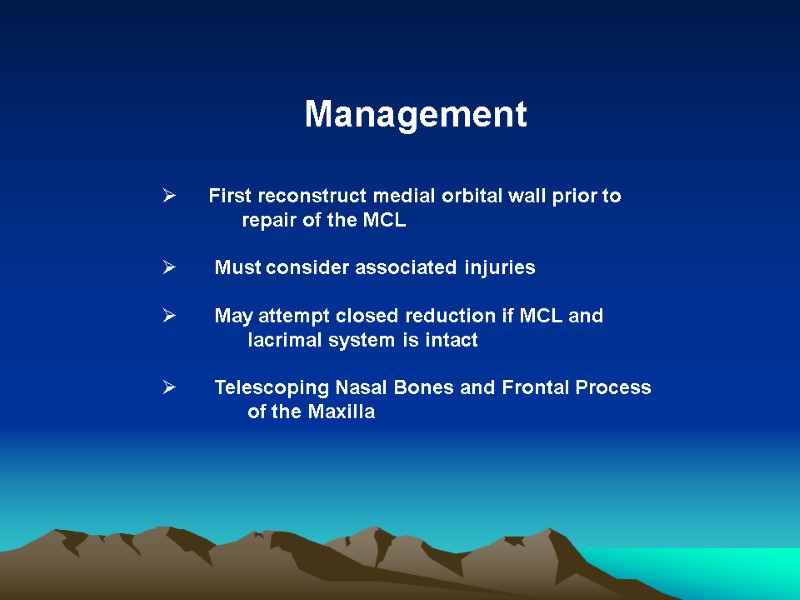
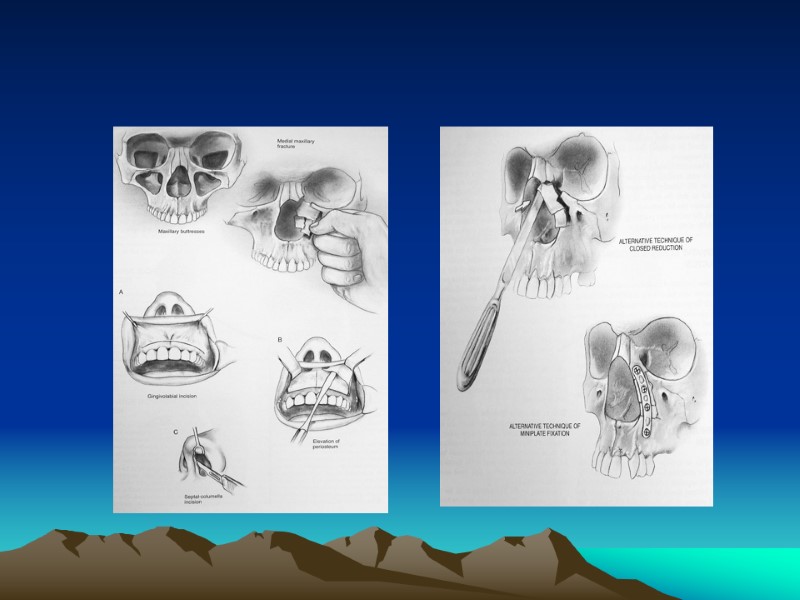
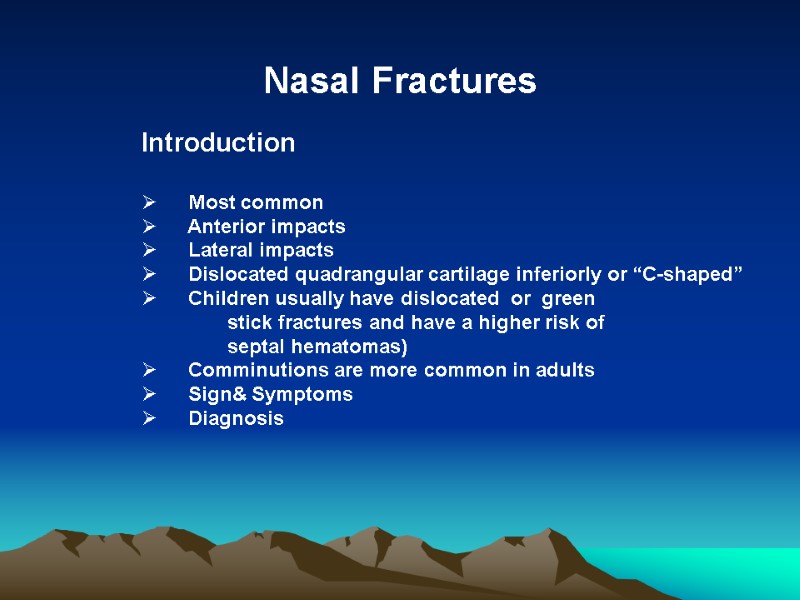
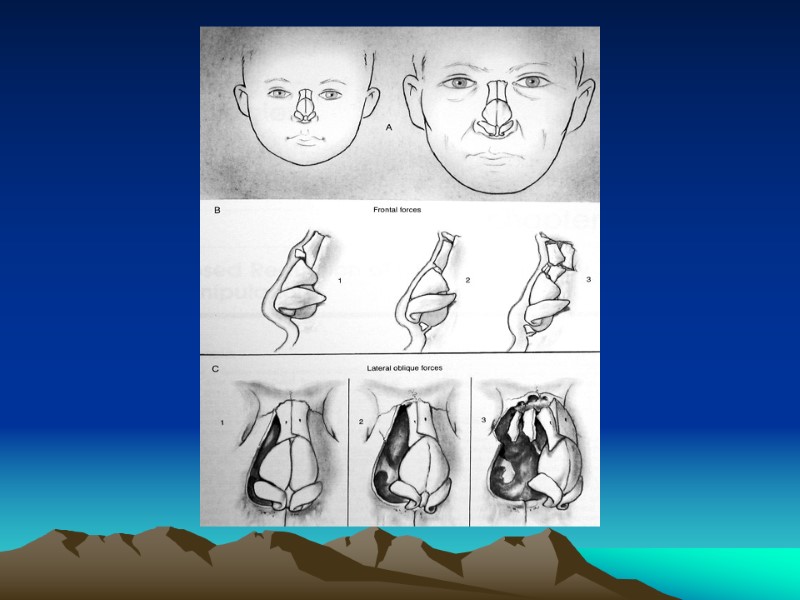

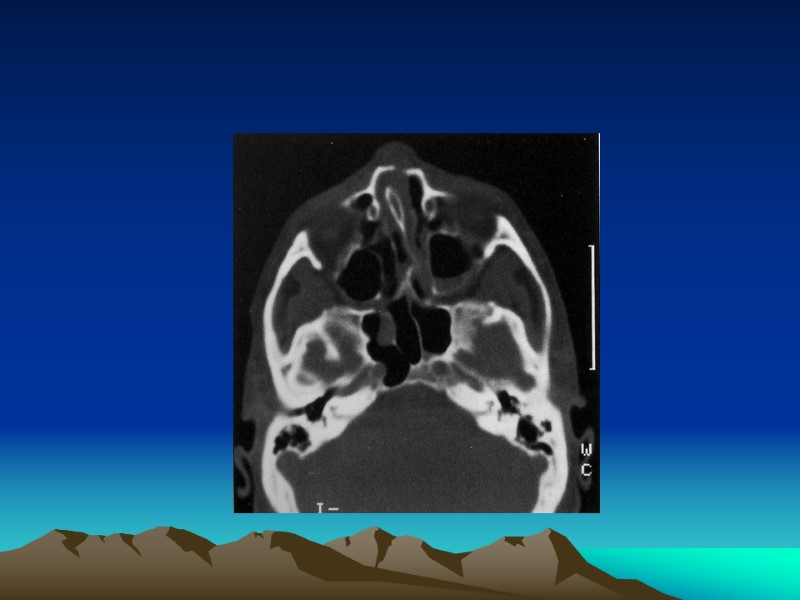
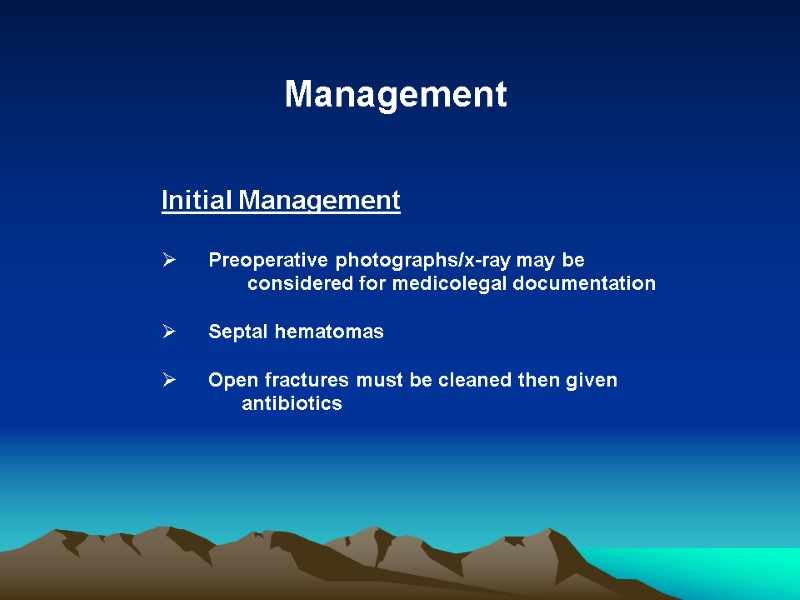
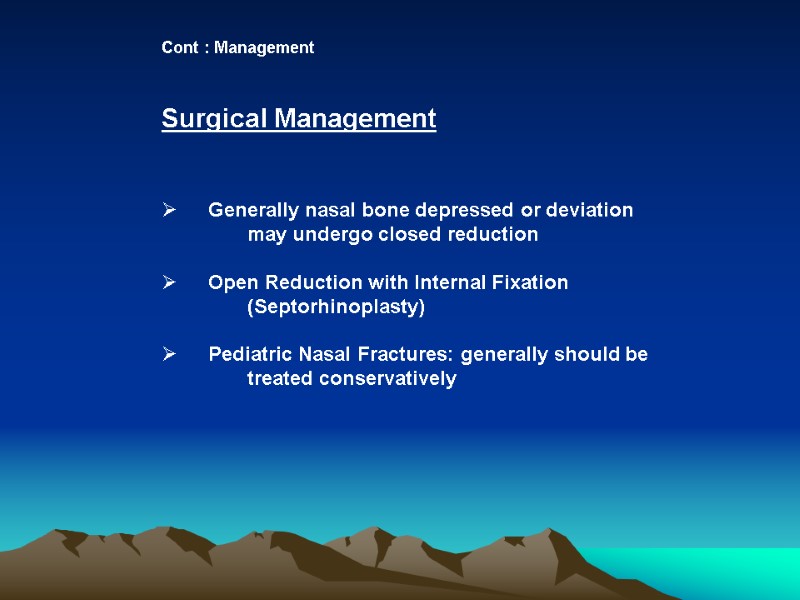
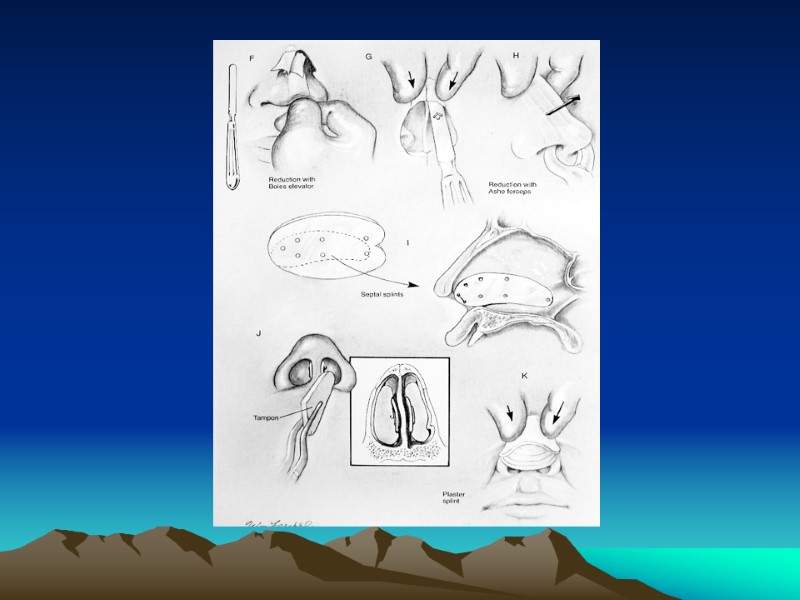
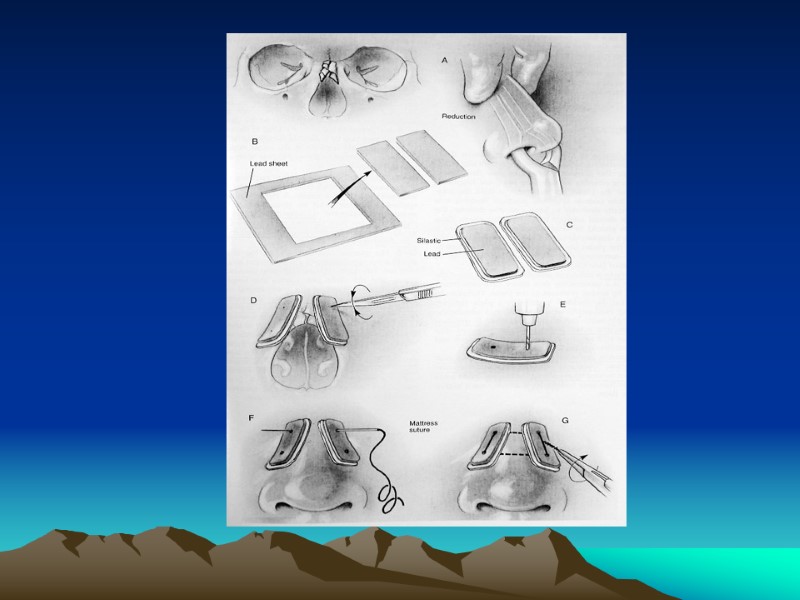
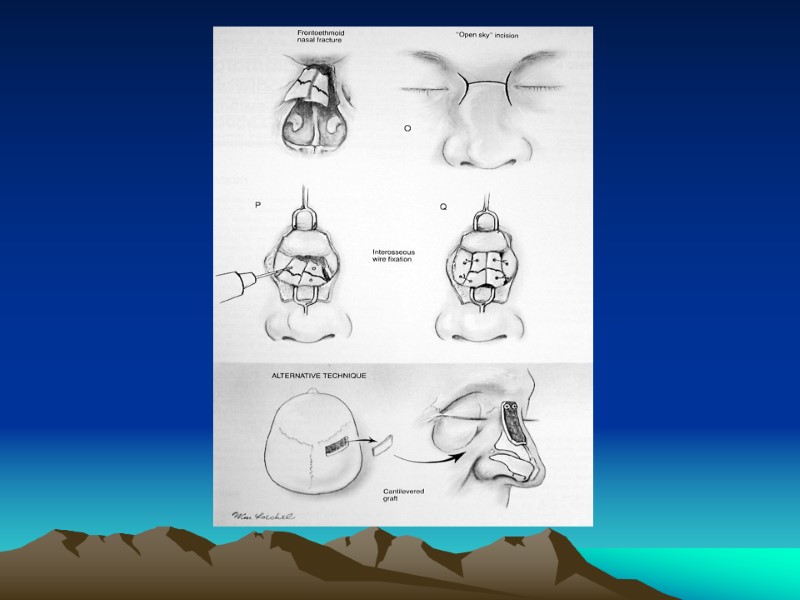
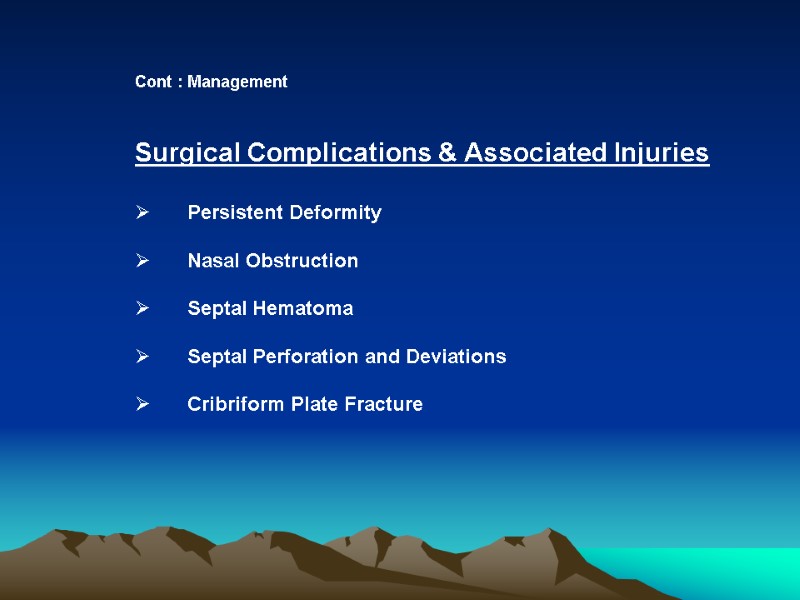
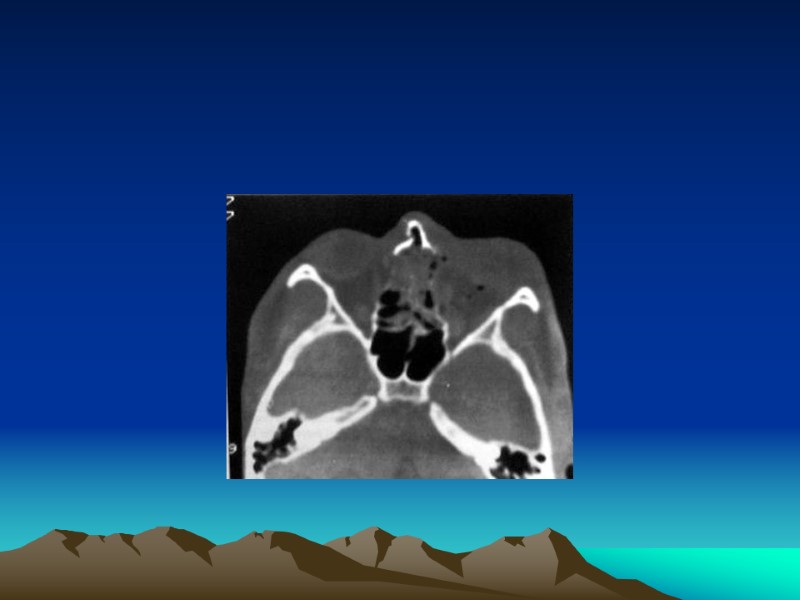
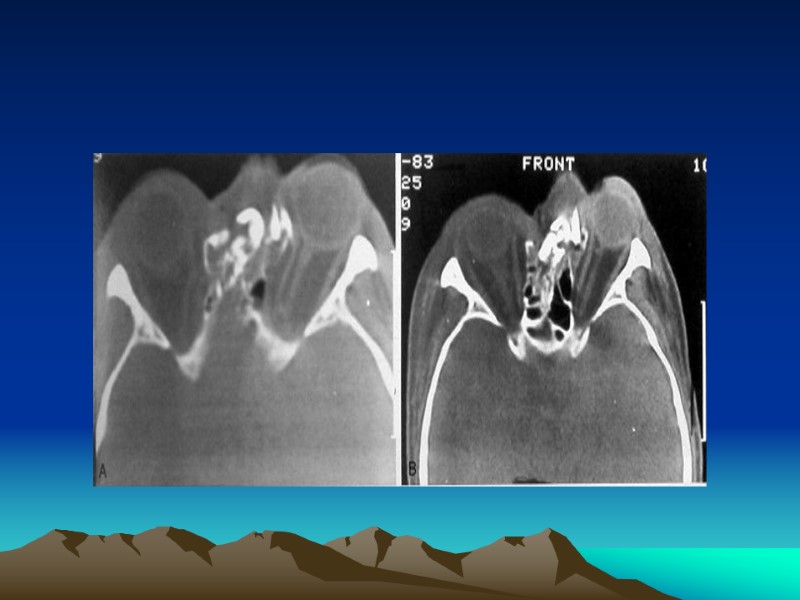
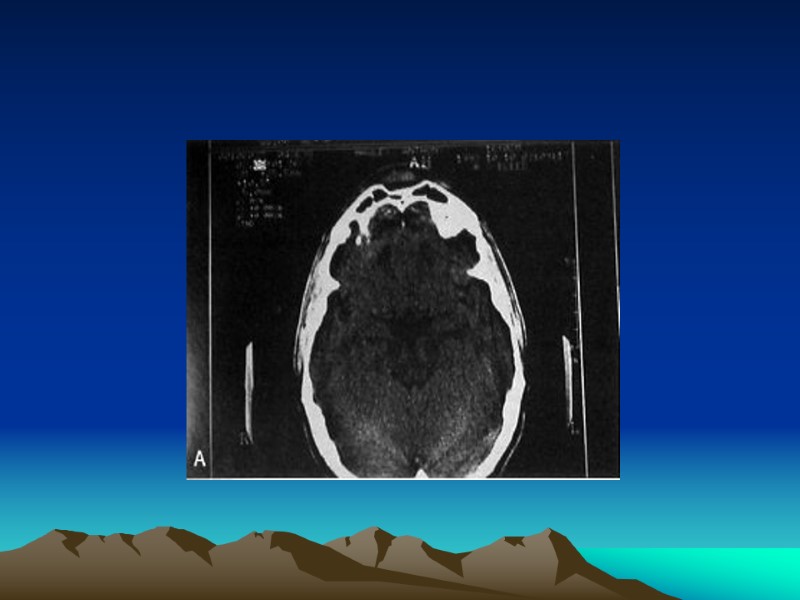
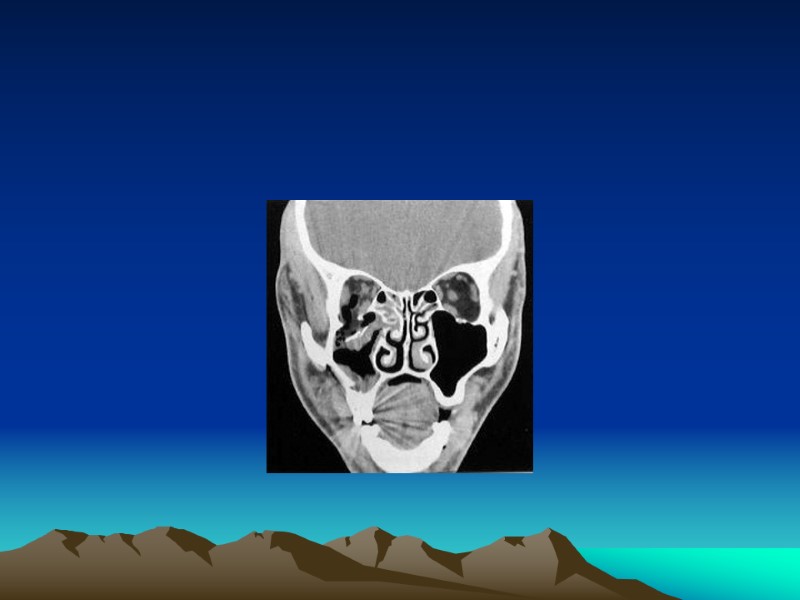
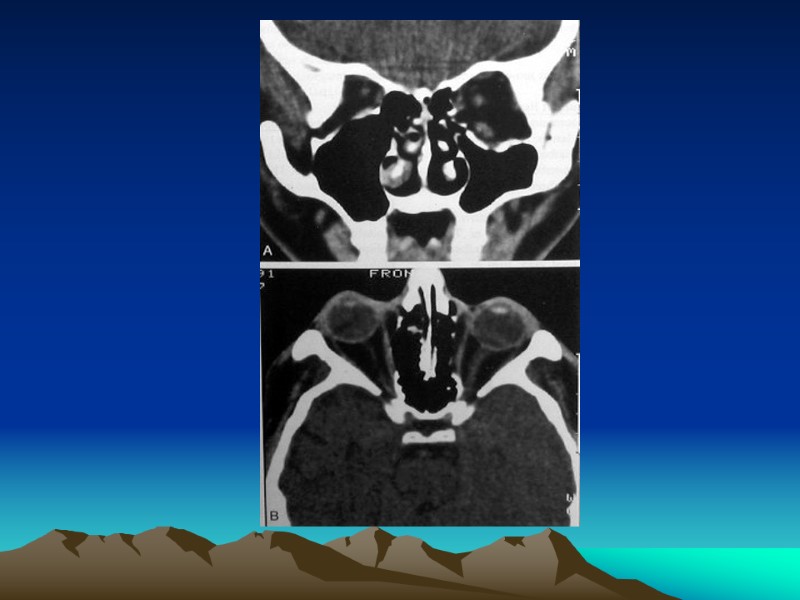
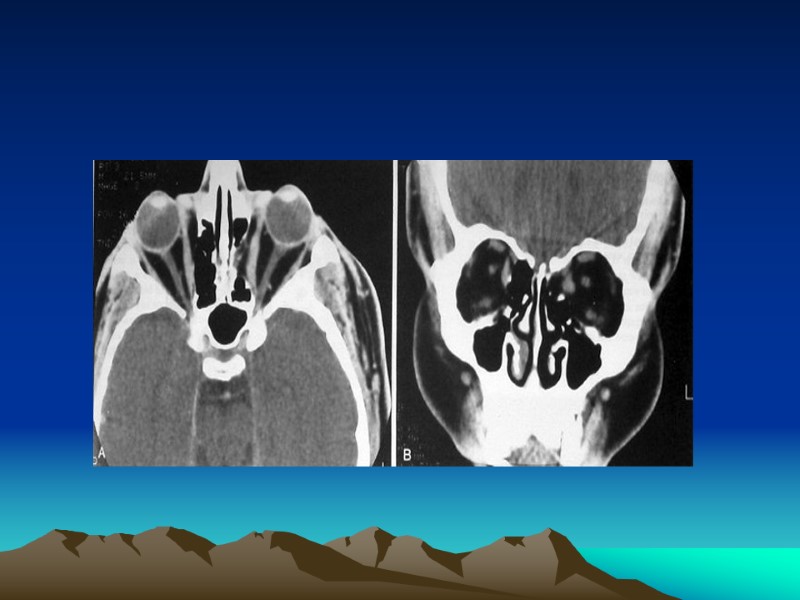
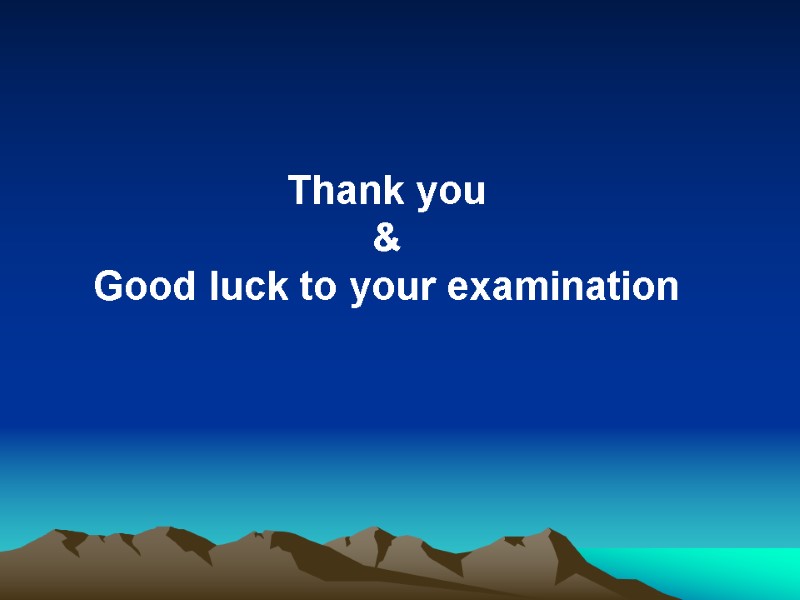
14870-maxillofacial_trauma.ppt
- Количество слайдов: 113
 MAXILLOFACIAL TRAUMA Dr.Mashhor Wreikat
MAXILLOFACIAL TRAUMA Dr.Mashhor Wreikat
 Epidemiology Incidence 50/100000 M:F Causes Paediatrics
Epidemiology Incidence 50/100000 M:F Causes Paediatrics
 General Consideration H&N ABCDs Soft tissues
General Consideration H&N ABCDs Soft tissues
 History & Physical examination
History & Physical examination
 Face & Facial Skeleton Inspection Palpation Assess function
Face & Facial Skeleton Inspection Palpation Assess function
 HEAD & NECK RADIOLOGICAL EXAMS
HEAD & NECK RADIOLOGICAL EXAMS
 Facial Plain Films Largely been replaced by computer tomography (except for the mandible) Plain Film Mandible Series and Panorex Computed Tomography (CT) Most informative radiographic exam fro head and neck Trauma Axial and coronal facial CT with bone and soft tissue window, 2-3 mm sections
Facial Plain Films Largely been replaced by computer tomography (except for the mandible) Plain Film Mandible Series and Panorex Computed Tomography (CT) Most informative radiographic exam fro head and neck Trauma Axial and coronal facial CT with bone and soft tissue window, 2-3 mm sections

 Special Radiologic Exams Angiography Magnetic Resonance Imaging Modified Barium Swallow and Esophagram
Special Radiologic Exams Angiography Magnetic Resonance Imaging Modified Barium Swallow and Esophagram
 MANDIBULAR FRACTURES
MANDIBULAR FRACTURES
 Introduction Most common in young males (ages 18-30) Causes: assault , motor vehicle accidents, sports and gunshots wounds Most common Fractures Sites Risks: impacted teeth, osteoporosis, edentulous areas, pathologic, lytic lesions
Introduction Most common in young males (ages 18-30) Causes: assault , motor vehicle accidents, sports and gunshots wounds Most common Fractures Sites Risks: impacted teeth, osteoporosis, edentulous areas, pathologic, lytic lesions

 Classification by Site Symphyseal / Parasymphyseal Body Ramus Coronoid Process Condyle Alveolus Angle
Classification by Site Symphyseal / Parasymphyseal Body Ramus Coronoid Process Condyle Alveolus Angle

 Classification by Favorability Favorable Unfavorable
Classification by Favorability Favorable Unfavorable


 Anterior Muscles Weaker force Mylohyoid, geniohyoid, genioglossus, platysma, anterior digastric muscles Muscle action depresses and retracts (open mandible)
Anterior Muscles Weaker force Mylohyoid, geniohyoid, genioglossus, platysma, anterior digastric muscles Muscle action depresses and retracts (open mandible)
 Posterior Muscles: Stronger force Temporalis Muscle Masseter Muscle Medial Pterygoid Muscles Lateral Pterygoid Muscles
Posterior Muscles: Stronger force Temporalis Muscle Masseter Muscle Medial Pterygoid Muscles Lateral Pterygoid Muscles

 Classification by Type of Fracture Open versus Closed Fracture Pattern: Communited, oblique, transverse, spiral, greenstick Pathologic: fractures secondary to bone disease (eg, osteogenic tumors, osteoporosis)
Classification by Type of Fracture Open versus Closed Fracture Pattern: Communited, oblique, transverse, spiral, greenstick Pathologic: fractures secondary to bone disease (eg, osteogenic tumors, osteoporosis)

 Dental Classification Class I Class II Class III
Dental Classification Class I Class II Class III

 Angles Classification Class I Class II Class III
Angles Classification Class I Class II Class III
 MANAGEMENT
MANAGEMENT
 Management Concepts Goals: restore occlusion, establish bony union& avoid TMJ pathology Repair within first week In general favorable fractures may only need closed reduction Postoperative Care
Management Concepts Goals: restore occlusion, establish bony union& avoid TMJ pathology Repair within first week In general favorable fractures may only need closed reduction Postoperative Care
 Maxillo-Mandibular Fixation (MMF) - Closed Reduction Indications Methods Requires an intact maxilla Typically MMF may be removed after 2-8 weeks Complications
Maxillo-Mandibular Fixation (MMF) - Closed Reduction Indications Methods Requires an intact maxilla Typically MMF may be removed after 2-8 weeks Complications

 Open Reduction &Internal Fixation (ORIF) Indications Approaches: 1. Transoral 2. External
Open Reduction &Internal Fixation (ORIF) Indications Approaches: 1. Transoral 2. External


 Management by Type Coronoid, Greenstick, Unilateral Nondisplaced Fractures: observation with soft diet, analgesics, oral antibiotics and close follow-up, physio-therapy exercises for 3 months (may consider MMF for severely displaced coronoid fractures) Favorable, Minimally Displaced Noncondylar Fractures : may consider closed reduction and 4-6 weeks of MMF
Management by Type Coronoid, Greenstick, Unilateral Nondisplaced Fractures: observation with soft diet, analgesics, oral antibiotics and close follow-up, physio-therapy exercises for 3 months (may consider MMF for severely displaced coronoid fractures) Favorable, Minimally Displaced Noncondylar Fractures : may consider closed reduction and 4-6 weeks of MMF
 Displaced Fractures Symphyseal and Parasymphyseal fractures: tend to be vertically unfavorable Body Fractures : almost always unfavorable Angle fractures in general have the highest complication rate Ramus Fractures: isolated ramus fractures are rare (protected by masseter muscle)
Displaced Fractures Symphyseal and Parasymphyseal fractures: tend to be vertically unfavorable Body Fractures : almost always unfavorable Angle fractures in general have the highest complication rate Ramus Fractures: isolated ramus fractures are rare (protected by masseter muscle)
 Surgical Complications Chin and Lip Hypesthesis Osteomyelitis Malunion Nonunion Plate Exposure Marginal Mandibular Nerve Injury Necrosis of Condylar Head (Aseptic Necrosis) TMJ Ankylosis Dental Injury
Surgical Complications Chin and Lip Hypesthesis Osteomyelitis Malunion Nonunion Plate Exposure Marginal Mandibular Nerve Injury Necrosis of Condylar Head (Aseptic Necrosis) TMJ Ankylosis Dental Injury

 MAXILLARY FRACTURES
MAXILLARY FRACTURES
 Introduction Causes The matrix of the maxilla absorbs energy with impact Sinusitis is a potential complication
Introduction Causes The matrix of the maxilla absorbs energy with impact Sinusitis is a potential complication

 Classification Buttress System Vertical Buttressess 1. Naso-Maxillary (NM) 2. Zygomatico-Maxillary (ZM) 3. Pterygo-Maxillary (PM) 4. Nasal Septum
Classification Buttress System Vertical Buttressess 1. Naso-Maxillary (NM) 2. Zygomatico-Maxillary (ZM) 3. Pterygo-Maxillary (PM) 4. Nasal Septum
 Horizontal Beams 1. Frontal Bar 2. Inferior Orbital Rims 3. Maxillary Alveolus and Palate 4. Zygomatic Process 5. Greater Wing of the Sphenoid 6. Medial and Lateral Pterygoid Plates 7. Mandible
Horizontal Beams 1. Frontal Bar 2. Inferior Orbital Rims 3. Maxillary Alveolus and Palate 4. Zygomatic Process 5. Greater Wing of the Sphenoid 6. Medial and Lateral Pterygoid Plates 7. Mandible


 Le Fort Classification Based on patterns of fractures (lines of minimal resistance) classified according to the highest level of Injury In many cases Le Fort classification is incomplete for maxillary fractures Le Fort fractures may present in many combinations or on one side (hemi-Le Fort)
Le Fort Classification Based on patterns of fractures (lines of minimal resistance) classified according to the highest level of Injury In many cases Le Fort classification is incomplete for maxillary fractures Le Fort fractures may present in many combinations or on one side (hemi-Le Fort)


 Le Fort I (Low Maxillary) Transverse maxillary fracture Involves anterolateral maxillary wall, medial maxillary wall, pterygoid plates, septum at floor of nose
Le Fort I (Low Maxillary) Transverse maxillary fracture Involves anterolateral maxillary wall, medial maxillary wall, pterygoid plates, septum at floor of nose

 Le Fort II (Pyramidal ) Caused typically from a superiorly directed force against the maxilla. Involves nasofrontal suture, orbital foramen, rim, and floor frontal process of lacrimal bone, zygomaxillary suture, lamina papyracea of ethmoid; pterygoid plate and high septum
Le Fort II (Pyramidal ) Caused typically from a superiorly directed force against the maxilla. Involves nasofrontal suture, orbital foramen, rim, and floor frontal process of lacrimal bone, zygomaxillary suture, lamina papyracea of ethmoid; pterygoid plate and high septum

 Le Fort III (Craniofacial Dysjunction) Separates facial skeleton from base of skull, typically caused by high velocity impacts. Involves nasofrontal suture, zygoma and zygomatic arch; pterygoid plates and nasal septum
Le Fort III (Craniofacial Dysjunction) Separates facial skeleton from base of skull, typically caused by high velocity impacts. Involves nasofrontal suture, zygoma and zygomatic arch; pterygoid plates and nasal septum

 Management Principles Goals of Reconstruction Exposure/Approaches Timing Postoperative Care
Management Principles Goals of Reconstruction Exposure/Approaches Timing Postoperative Care
 Cont: Management Techniques Plate Fixation (Miniplates) Interosseous Wire Fixation Bone Grafts
Cont: Management Techniques Plate Fixation (Miniplates) Interosseous Wire Fixation Bone Grafts
 Management by Le Fort Classification Le Fort I: reduced digitally, MMF, fixation of ZM Le Fort II: stabilization of the ZM buttress, MMF , nasofrontal process and inferior orbital rim. Le Fort III: usually requires coronal flap for adequate exposure for exploration and miniplate fixation
Management by Le Fort Classification Le Fort I: reduced digitally, MMF, fixation of ZM Le Fort II: stabilization of the ZM buttress, MMF , nasofrontal process and inferior orbital rim. Le Fort III: usually requires coronal flap for adequate exposure for exploration and miniplate fixation




 Surgical complications Malunion, Nonunion, Plate Exposure Palpable or Observable Plates Forehead or Cheek Hypesthesi Osteomyelitis Dental Injury
Surgical complications Malunion, Nonunion, Plate Exposure Palpable or Observable Plates Forehead or Cheek Hypesthesi Osteomyelitis Dental Injury
 ZYGOMATICOMAXILLARY & ORBITAL FRACTURES Zygomaticomaxillary Complex (Trimalar) Fractures
ZYGOMATICOMAXILLARY & ORBITAL FRACTURES Zygomaticomaxillary Complex (Trimalar) Fractures
 Introduction Symptom: Subconjunctival & periorbital ecchymosis Eyelid edema Epistaxis Cheek hypesthesia Diplopia Hypophthalmos Enophthalmos Trismus Zygomaticomaxillary Complex (Trimalar) Fractures
Introduction Symptom: Subconjunctival & periorbital ecchymosis Eyelid edema Epistaxis Cheek hypesthesia Diplopia Hypophthalmos Enophthalmos Trismus Zygomaticomaxillary Complex (Trimalar) Fractures


 Four sutures involved in Zygomaticomaxillary Complex Fractures 1. Zygomaticonfrontal Suture 2. Zygomaticomaxillary Suture 3. Zygomaticotemporal Suture 4. Zygomaticosphenoid Suture
Four sutures involved in Zygomaticomaxillary Complex Fractures 1. Zygomaticonfrontal Suture 2. Zygomaticomaxillary Suture 3. Zygomaticotemporal Suture 4. Zygomaticosphenoid Suture
 Management Stabilizing the zygomatic arch Minimum of 2points fixation Closed Reduction Open Reduction
Management Stabilizing the zygomatic arch Minimum of 2points fixation Closed Reduction Open Reduction
 Common Approaches to Zygoma Incisions Intraoral approach (Keen) Coronal, Hemicoronal or Extended Pretragal Approaches Lateral Brow Approach
Common Approaches to Zygoma Incisions Intraoral approach (Keen) Coronal, Hemicoronal or Extended Pretragal Approaches Lateral Brow Approach



 ORBITAL FRACTURES
ORBITAL FRACTURES
 INTRODUCTION Orbital Bones Optic Canal& Orbital Fissures Contents Sign& Symptoms
INTRODUCTION Orbital Bones Optic Canal& Orbital Fissures Contents Sign& Symptoms

 TYPES Pure Impure
TYPES Pure Impure

 Management Indication for Surgical Intervention Contraindications for Surgical Intervention: hyphema, retinal tear, globe perforation, only seeing eye sinusitis, frozen globe Ophthalmological Evaluation Timing :1week Technique
Management Indication for Surgical Intervention Contraindications for Surgical Intervention: hyphema, retinal tear, globe perforation, only seeing eye sinusitis, frozen globe Ophthalmological Evaluation Timing :1week Technique
 APPROACHES Subciliary Incision (Infraciliary) Transconjuctival Incision Lynch Incision (Frontoethmoidal) Brow Incision Subtarsal Incision Caldwell-Luc (Transantral) Approach
APPROACHES Subciliary Incision (Infraciliary) Transconjuctival Incision Lynch Incision (Frontoethmoidal) Brow Incision Subtarsal Incision Caldwell-Luc (Transantral) Approach


 Surgical Complication Postoperative Blindness CSF Leak Persistent Enophthalmos and Diplopia Ectropion Entropion Cheek Hypesthesia Extrusion of Grafts Malunion, nonunion,PlateExposureOsteomyelitis Palpable or Observable Plates
Surgical Complication Postoperative Blindness CSF Leak Persistent Enophthalmos and Diplopia Ectropion Entropion Cheek Hypesthesia Extrusion of Grafts Malunion, nonunion,PlateExposureOsteomyelitis Palpable or Observable Plates
 FRONTAL SINUS FRACTURE
FRONTAL SINUS FRACTURE
 FRONTAL SINUS FRACTURE Sign& Symptoms Risk
FRONTAL SINUS FRACTURE Sign& Symptoms Risk
 MANAGEMENT
MANAGEMENT
 Anterior Table Fractures Linear, Minimally Displaced Depressed Fractures Comminuted or Unstable Fractures
Anterior Table Fractures Linear, Minimally Displaced Depressed Fractures Comminuted or Unstable Fractures
 Posterior Table Fractures Isolated Nondisplaced Psoterior Table Fracture Displaced Posterior Table Fracture Comminuted, Contaminated or through and Through Fractures--Cranialization
Posterior Table Fractures Isolated Nondisplaced Psoterior Table Fracture Displaced Posterior Table Fracture Comminuted, Contaminated or through and Through Fractures--Cranialization




 Surgical Complications Mucocele, Mucopyoceles Sinusitis Forehead Contour Deformity Intracranial Infections Osteomyelitis CSF leak Forehead Hypesthesia Forehead Paralysis
Surgical Complications Mucocele, Mucopyoceles Sinusitis Forehead Contour Deformity Intracranial Infections Osteomyelitis CSF leak Forehead Hypesthesia Forehead Paralysis
 NASO-ORBITOETHMOID (NOE)FRACTURES
NASO-ORBITOETHMOID (NOE)FRACTURES
 Introduction NOE: frontal process of maxilla, nasal bones, and orbital space Sign& Symptoms Pseudohypertelorism (Traumatic Telecanthus)
Introduction NOE: frontal process of maxilla, nasal bones, and orbital space Sign& Symptoms Pseudohypertelorism (Traumatic Telecanthus)
 Anatomy Medial Canthal Ligament (MCL) Lacrimal Collecting System Puncta Canaliculi Lacrimal Sac Lacrimal Duct
Anatomy Medial Canthal Ligament (MCL) Lacrimal Collecting System Puncta Canaliculi Lacrimal Sac Lacrimal Duct

 Management First reconstruct medial orbital wall prior to repair of the MCL Must consider associated injuries May attempt closed reduction if MCL and lacrimal system is intact Telescoping Nasal Bones and Frontal Process of the Maxilla
Management First reconstruct medial orbital wall prior to repair of the MCL Must consider associated injuries May attempt closed reduction if MCL and lacrimal system is intact Telescoping Nasal Bones and Frontal Process of the Maxilla

 Nasal Fractures Introduction Most common Anterior impacts Lateral impacts Dislocated quadrangular cartilage inferiorly or “C-shaped” Children usually have dislocated or green stick fractures and have a higher risk of septal hematomas) Comminutions are more common in adults Sign& Symptoms Diagnosis
Nasal Fractures Introduction Most common Anterior impacts Lateral impacts Dislocated quadrangular cartilage inferiorly or “C-shaped” Children usually have dislocated or green stick fractures and have a higher risk of septal hematomas) Comminutions are more common in adults Sign& Symptoms Diagnosis



 Management Initial Management Preoperative photographs/x-ray may be considered for medicolegal documentation Septal hematomas Open fractures must be cleaned then given antibiotics
Management Initial Management Preoperative photographs/x-ray may be considered for medicolegal documentation Septal hematomas Open fractures must be cleaned then given antibiotics
 Cont : Management Surgical Management Generally nasal bone depressed or deviation may undergo closed reduction Open Reduction with Internal Fixation (Septorhinoplasty) Pediatric Nasal Fractures: generally should be treated conservatively
Cont : Management Surgical Management Generally nasal bone depressed or deviation may undergo closed reduction Open Reduction with Internal Fixation (Septorhinoplasty) Pediatric Nasal Fractures: generally should be treated conservatively



 Cont : Management Surgical Complications & Associated Injuries Persistent Deformity Nasal Obstruction Septal Hematoma Septal Perforation and Deviations Cribriform Plate Fracture
Cont : Management Surgical Complications & Associated Injuries Persistent Deformity Nasal Obstruction Septal Hematoma Septal Perforation and Deviations Cribriform Plate Fracture






 Thank you & Good luck to your examination
Thank you & Good luck to your examination

